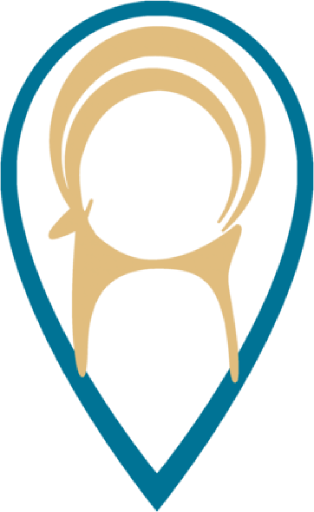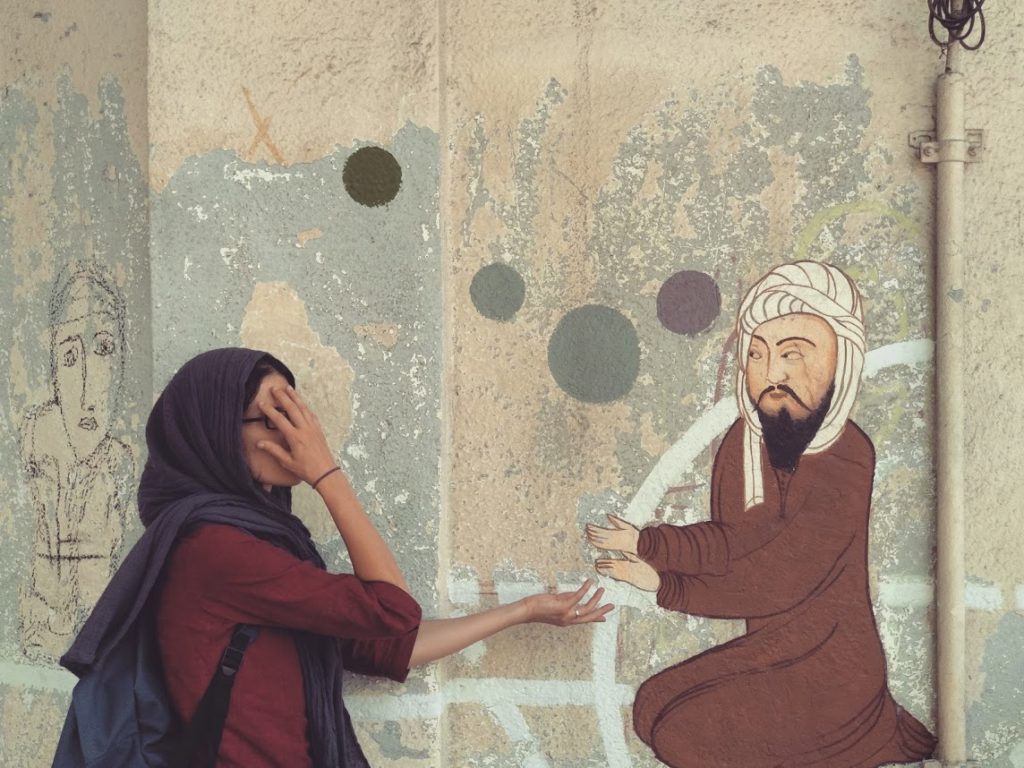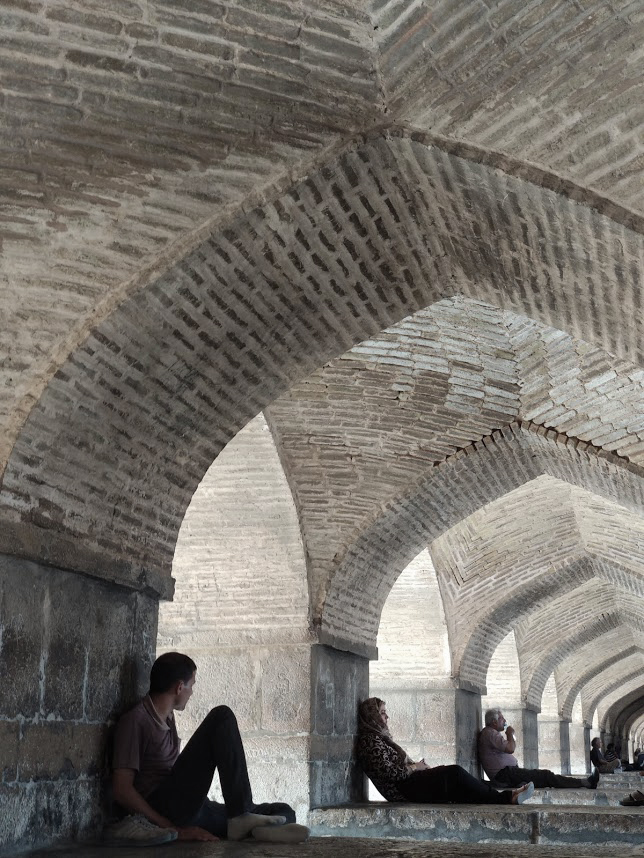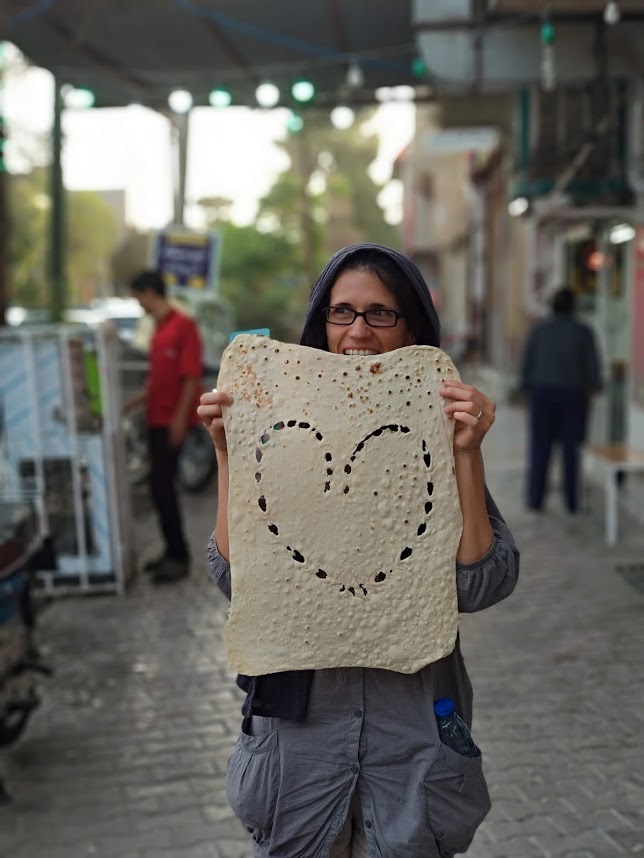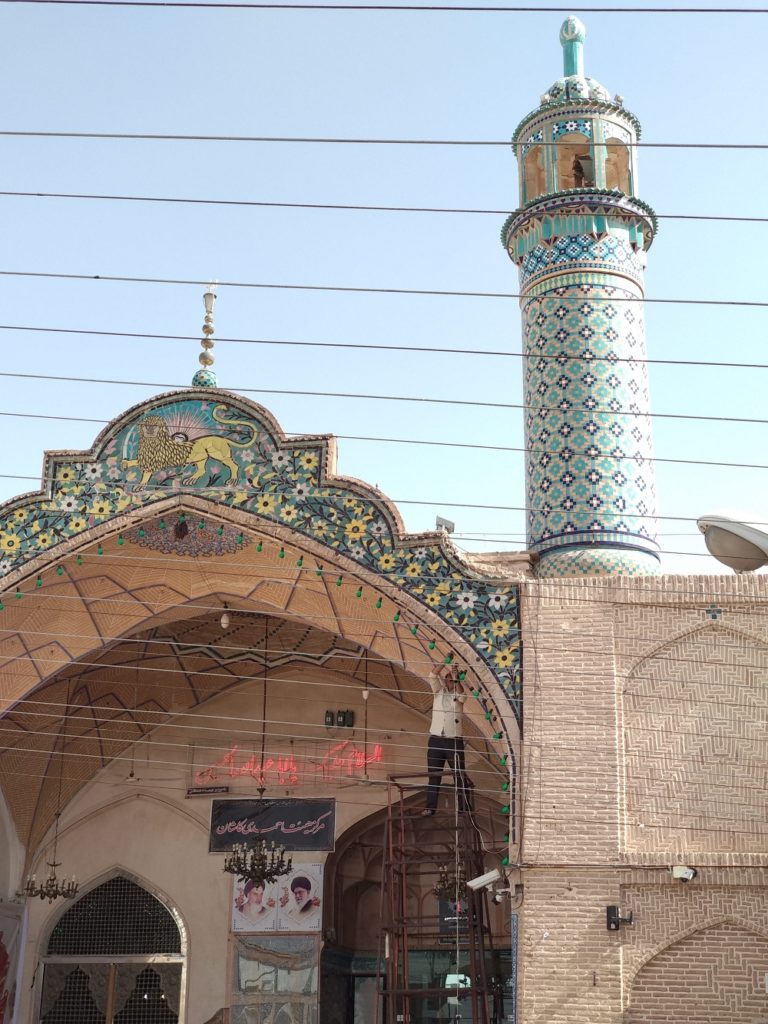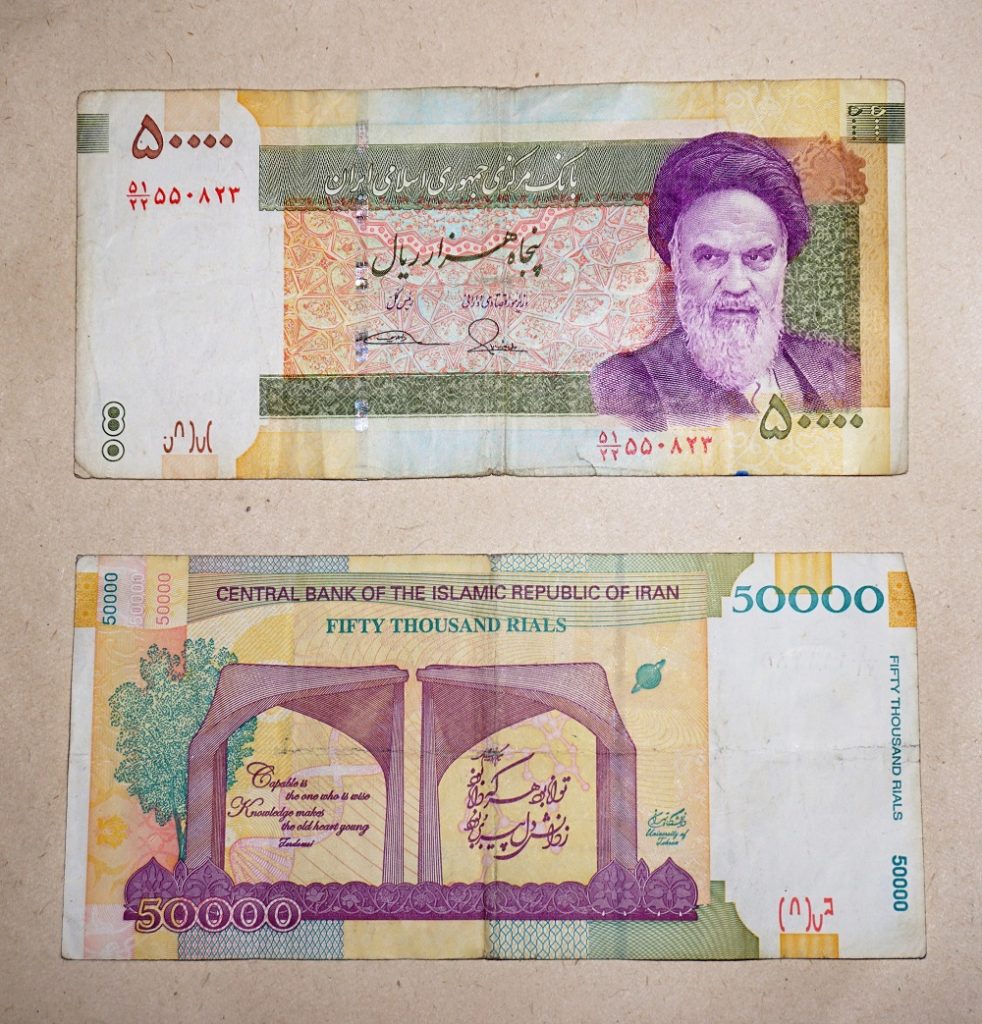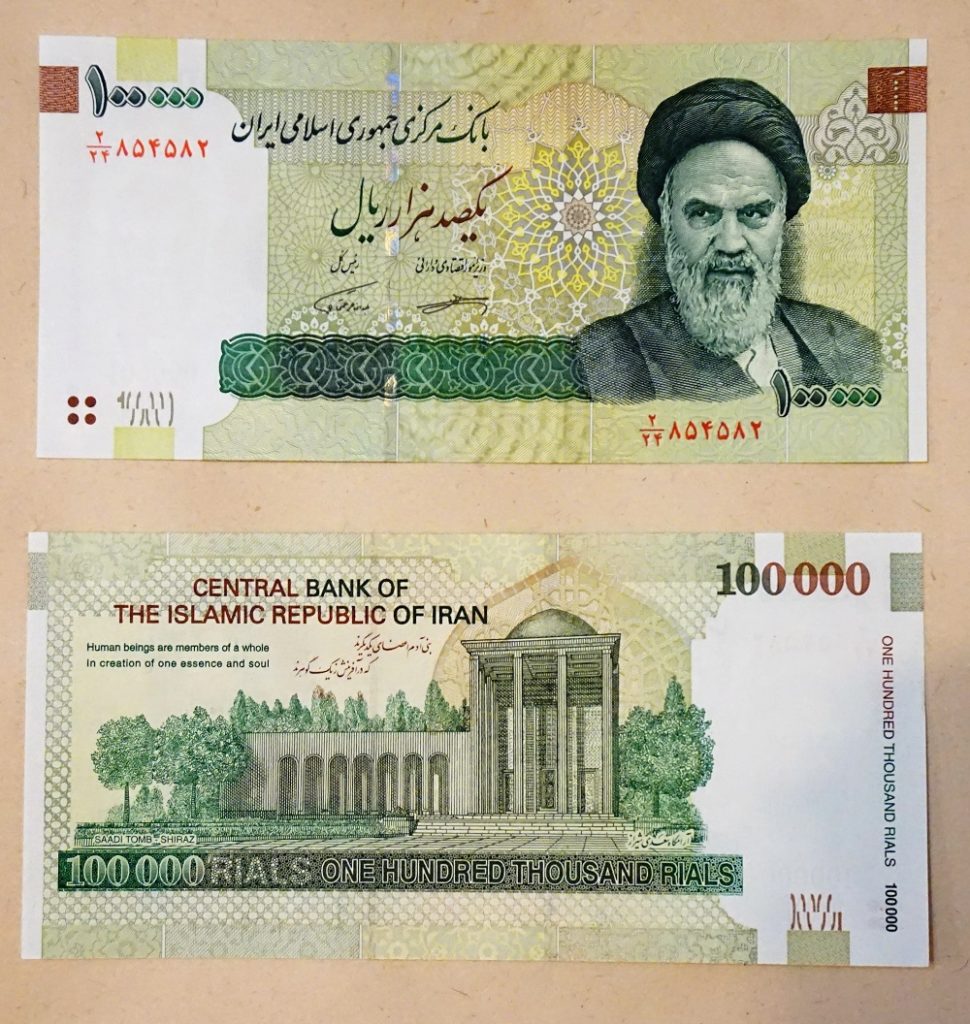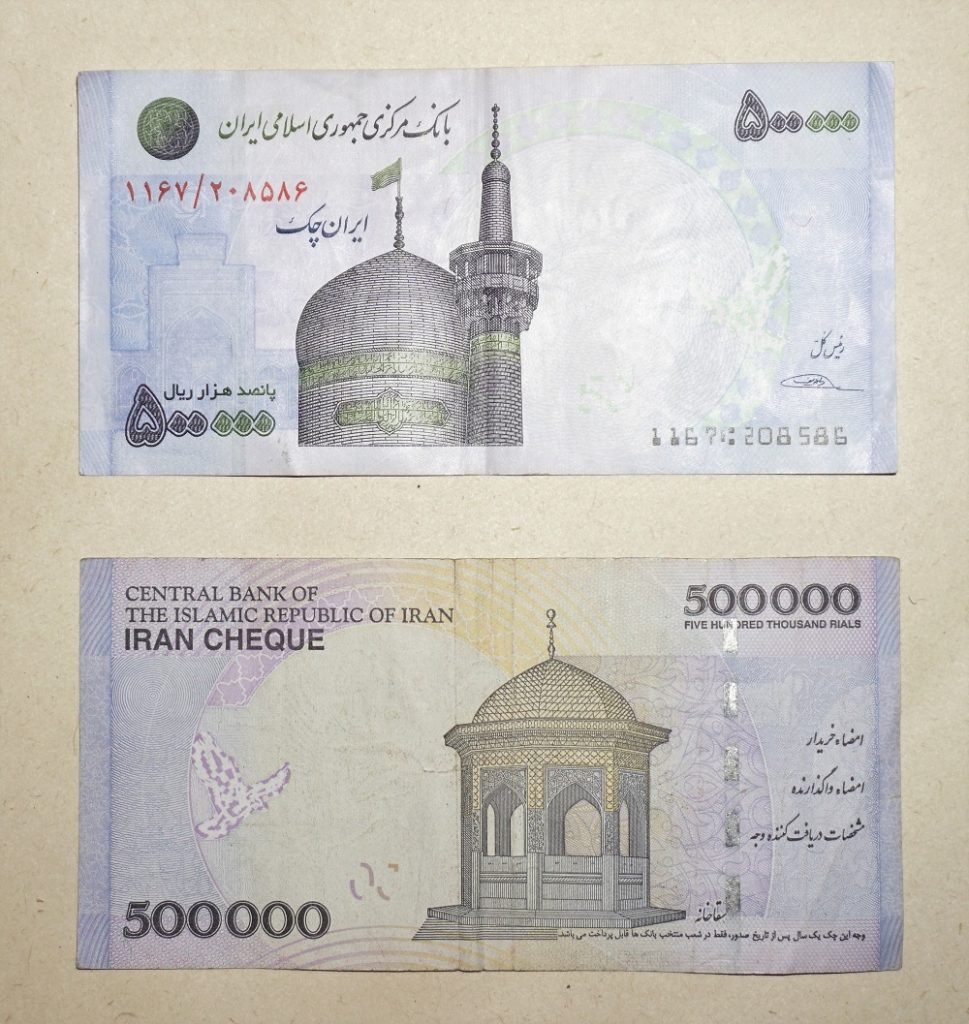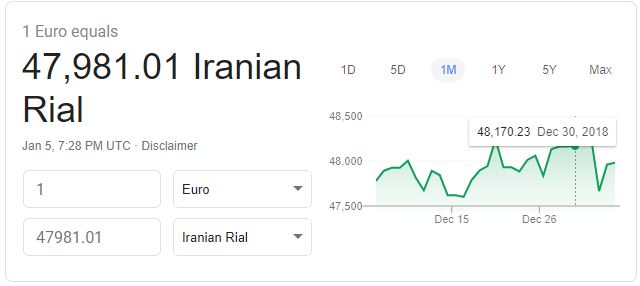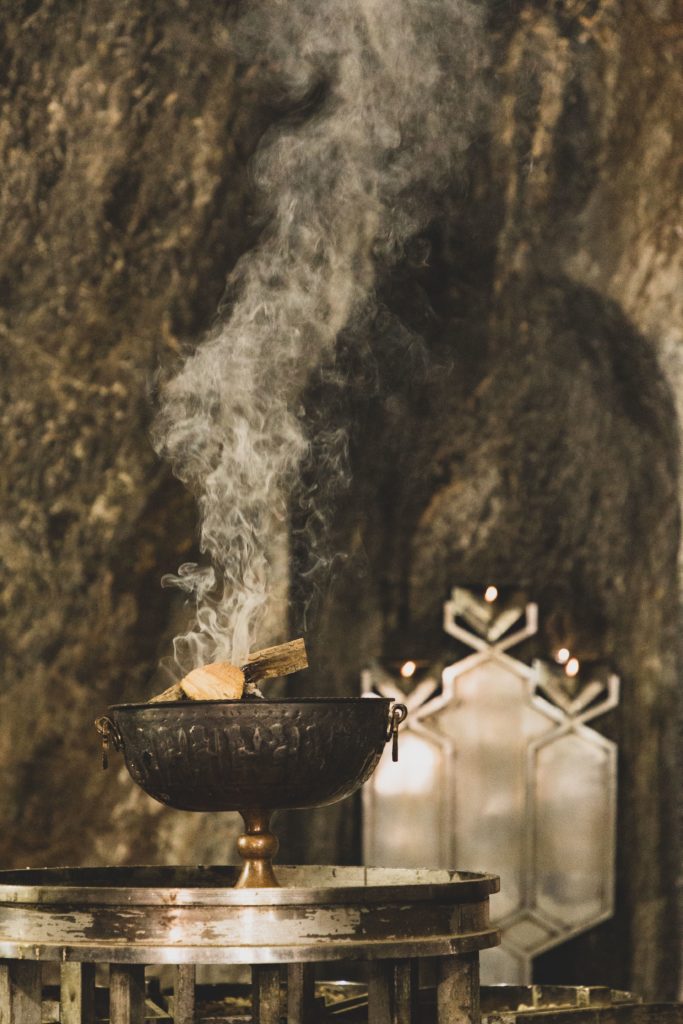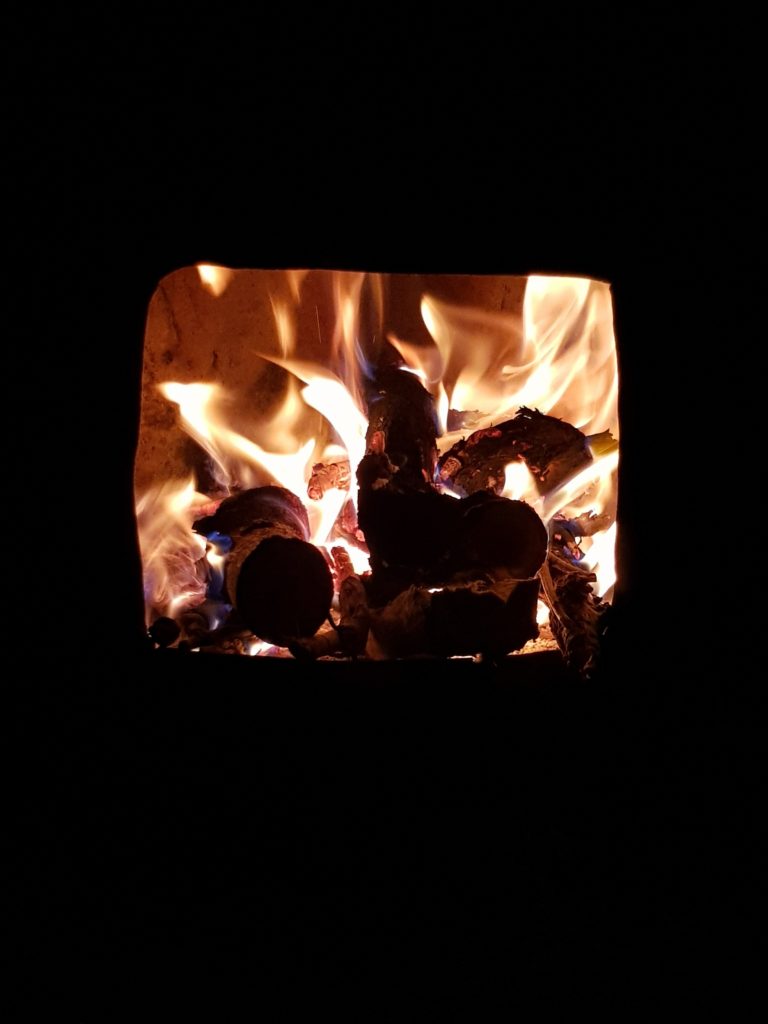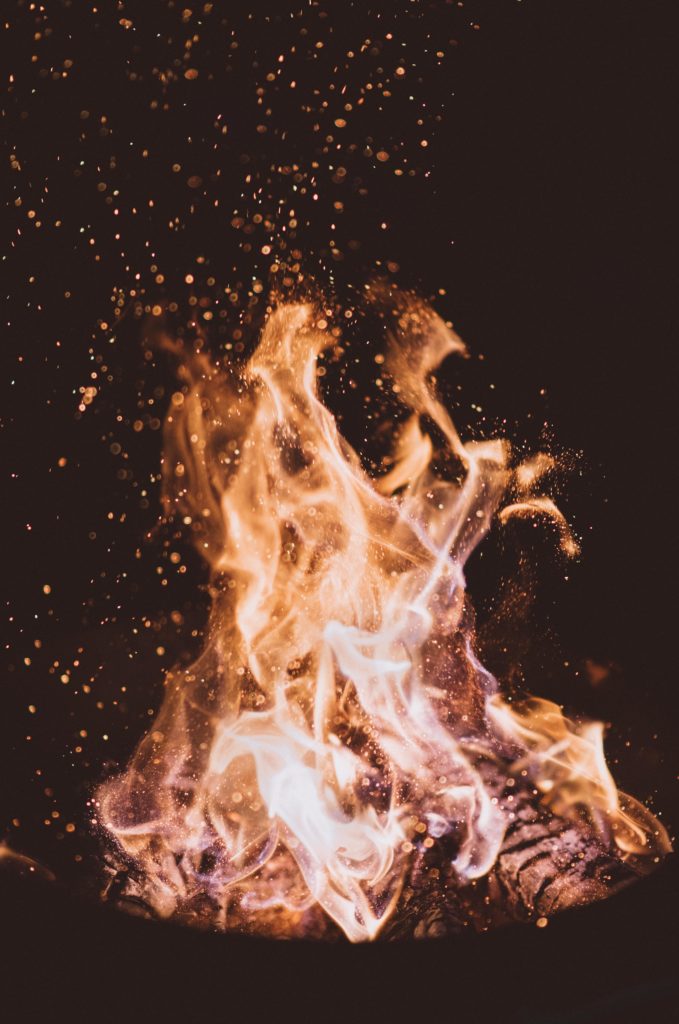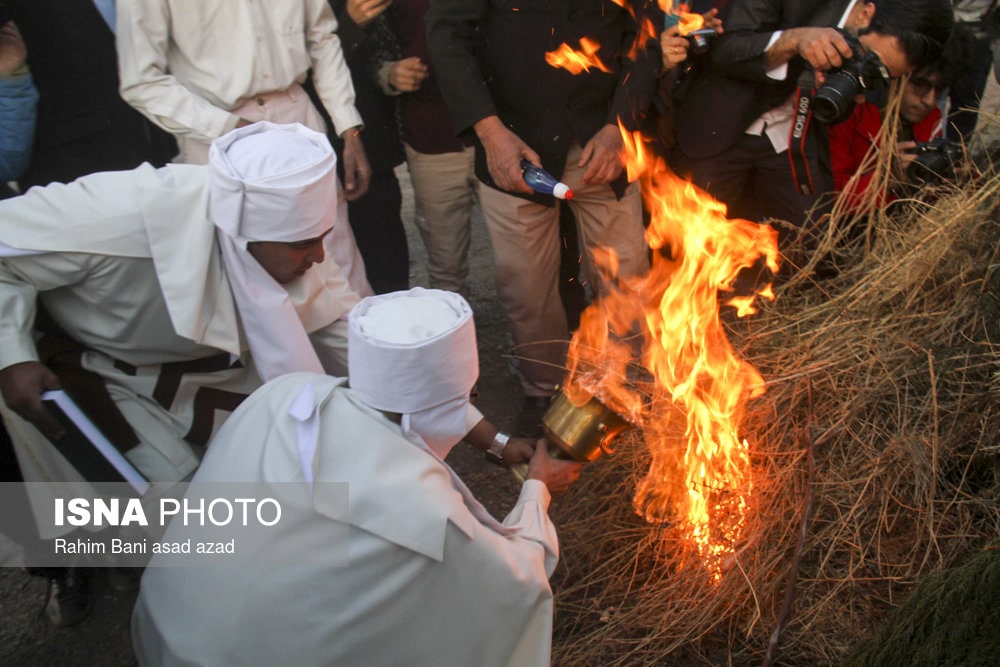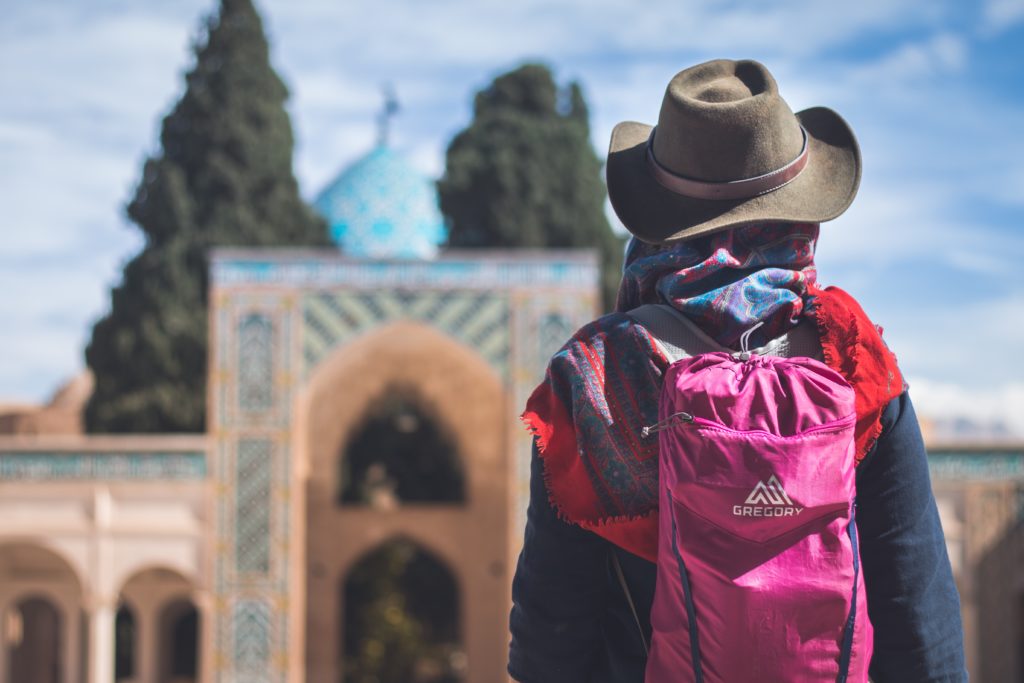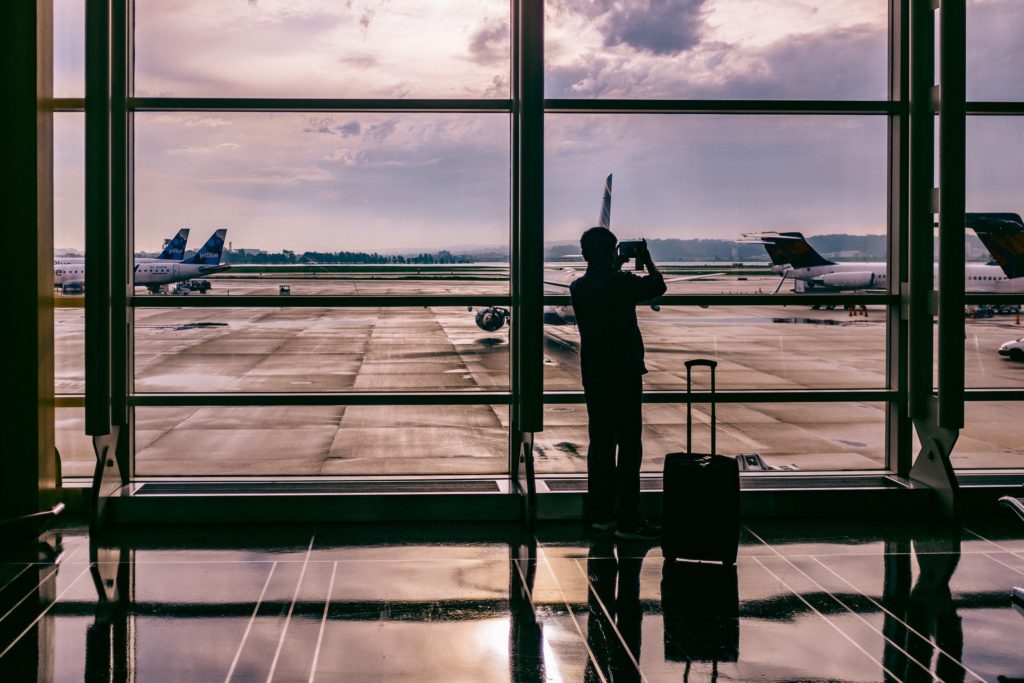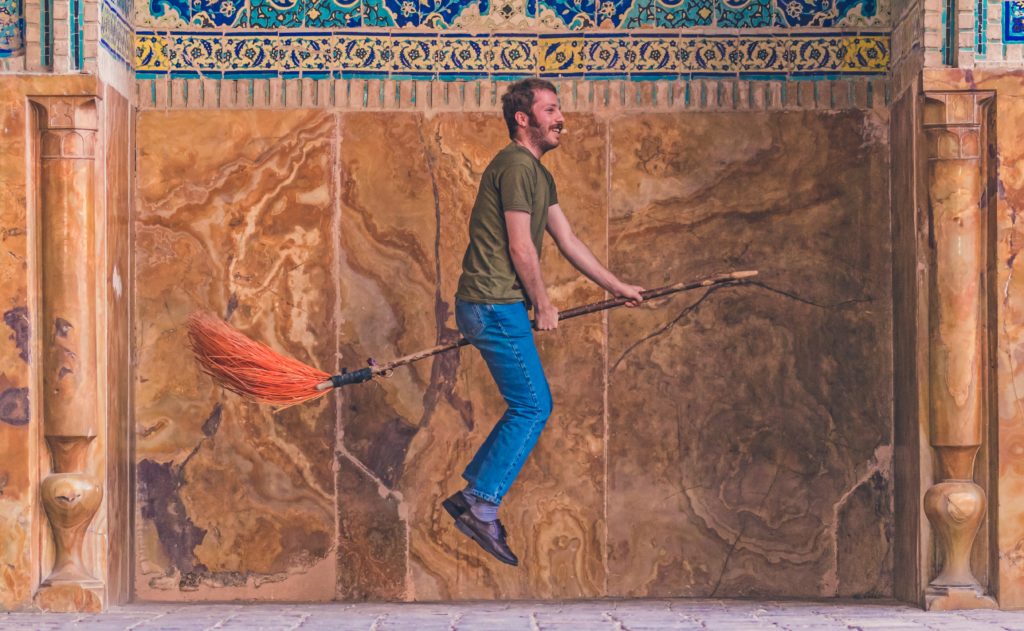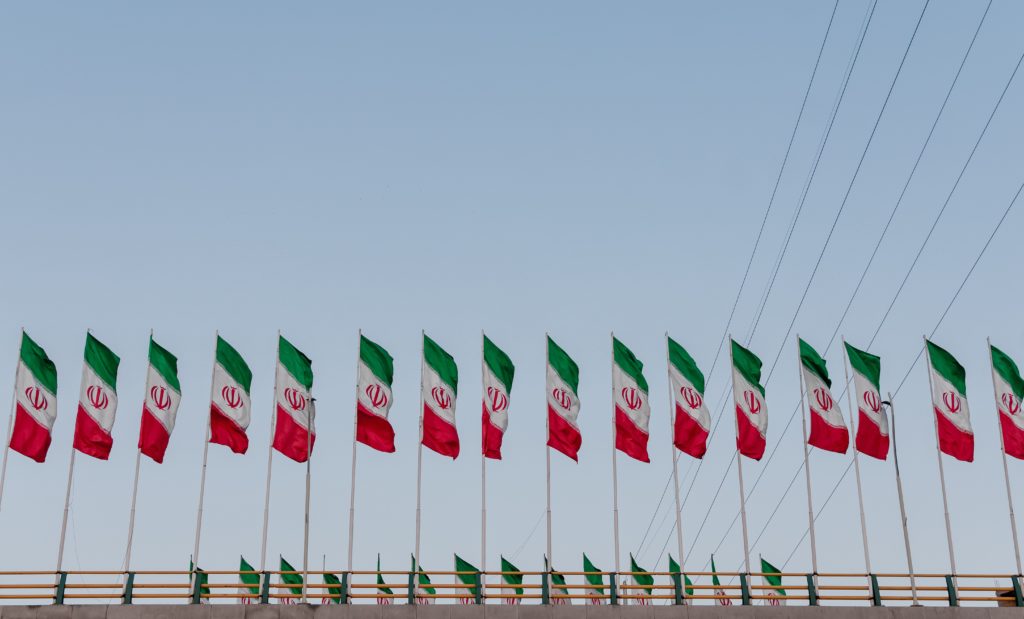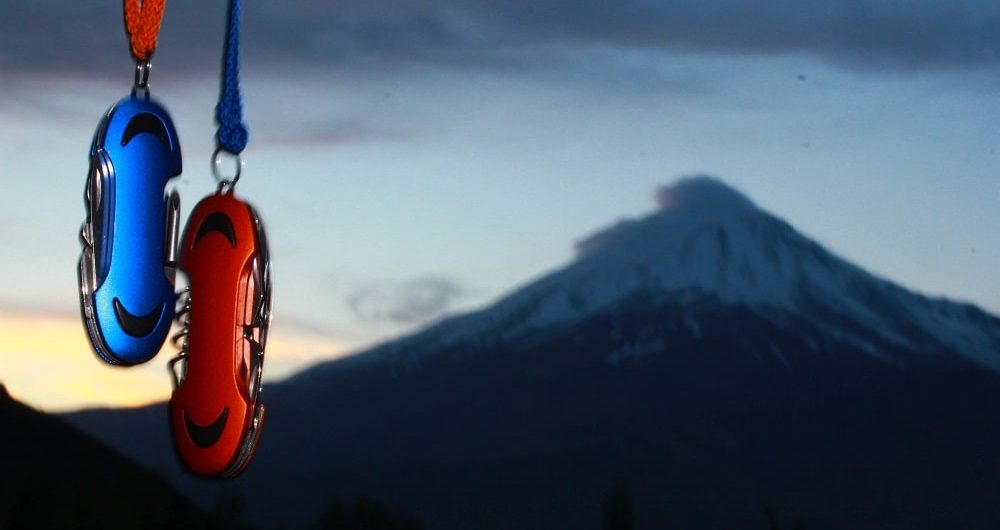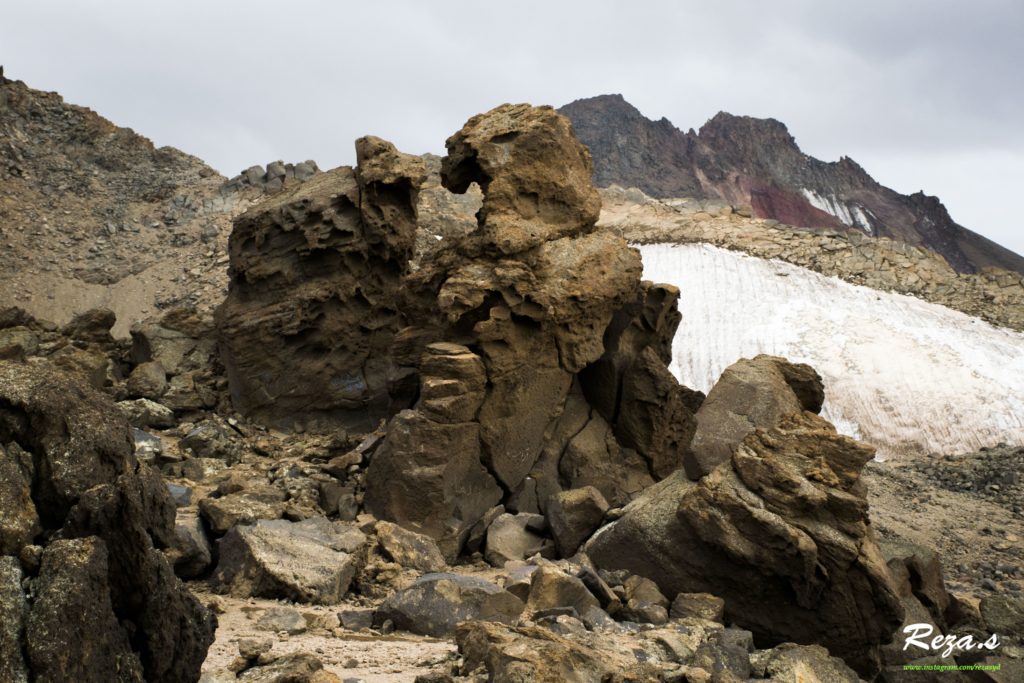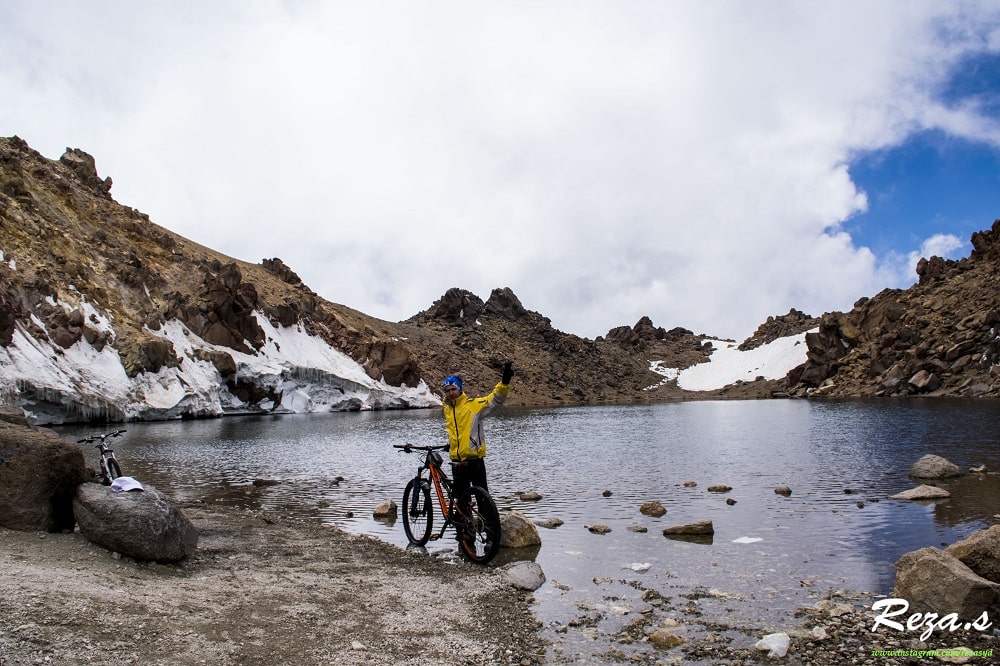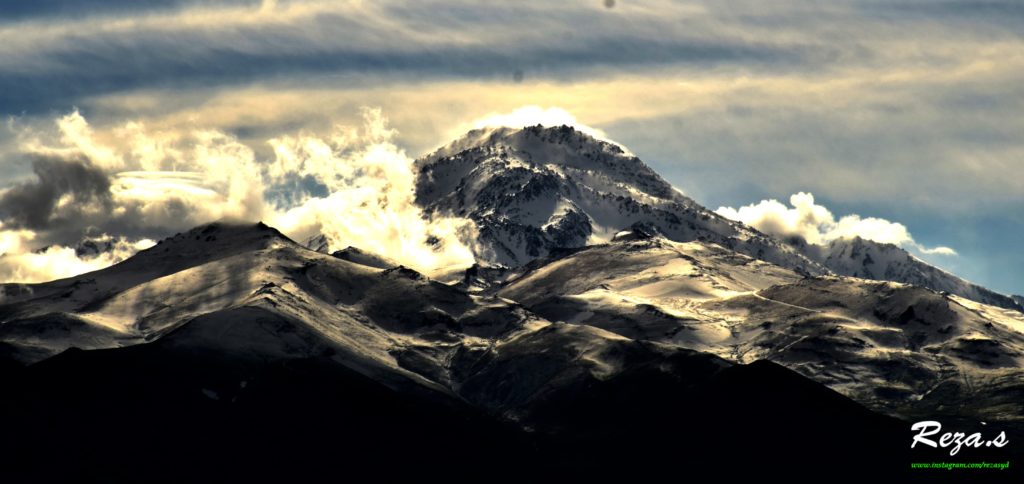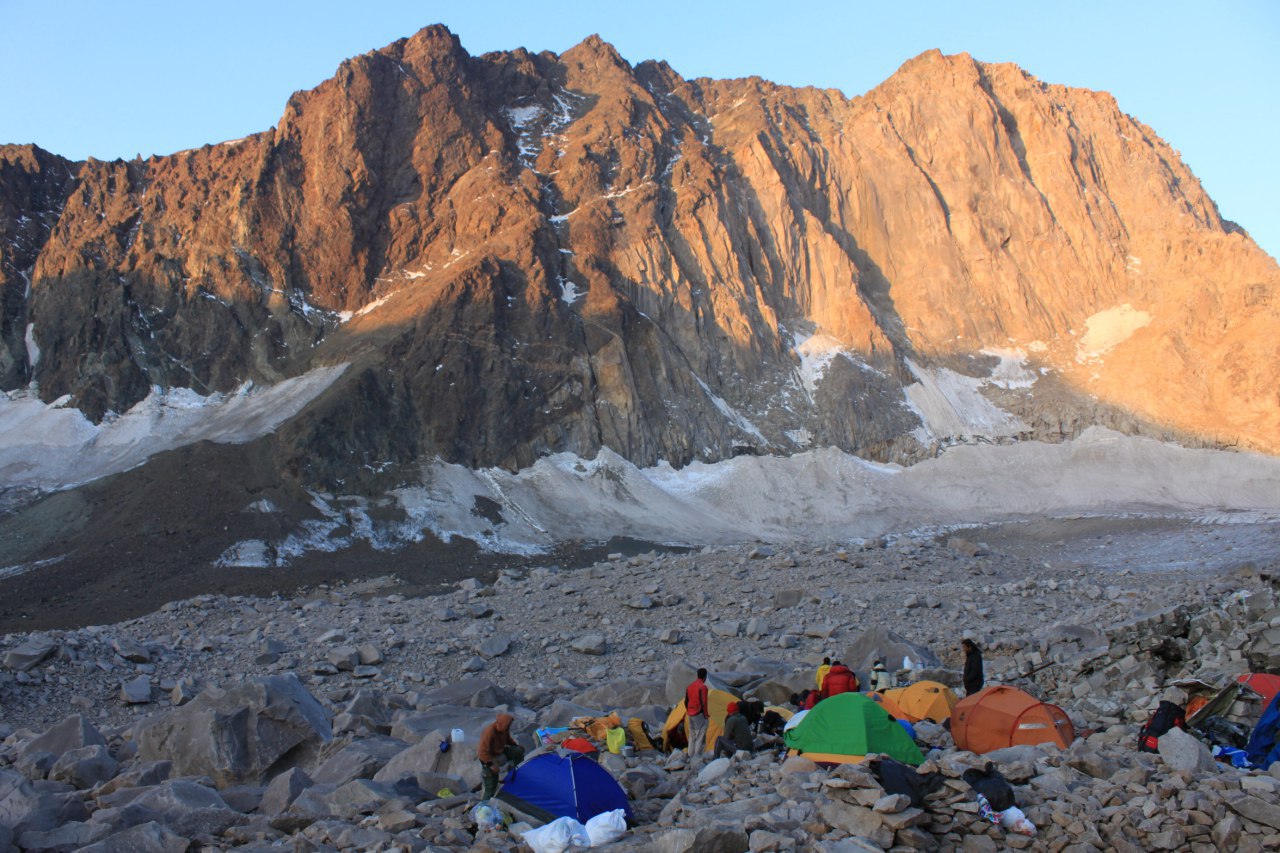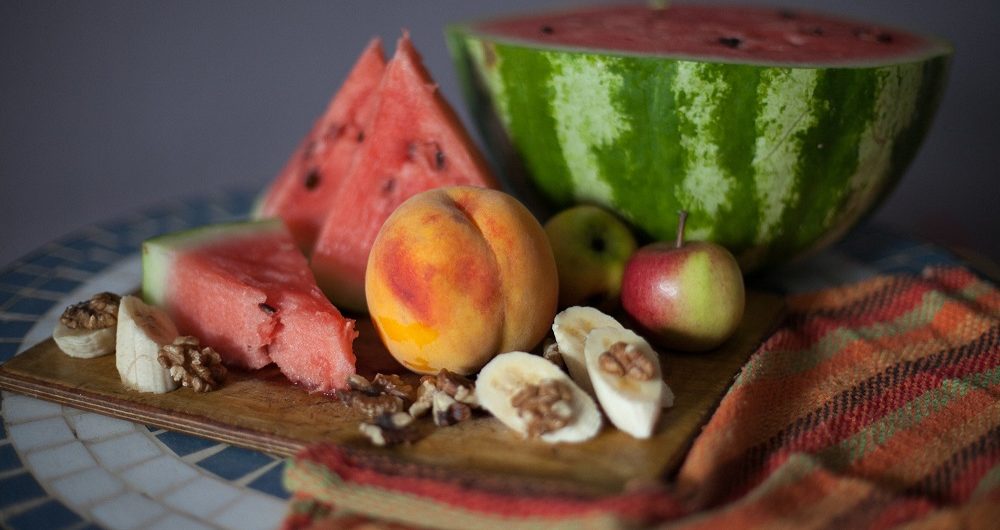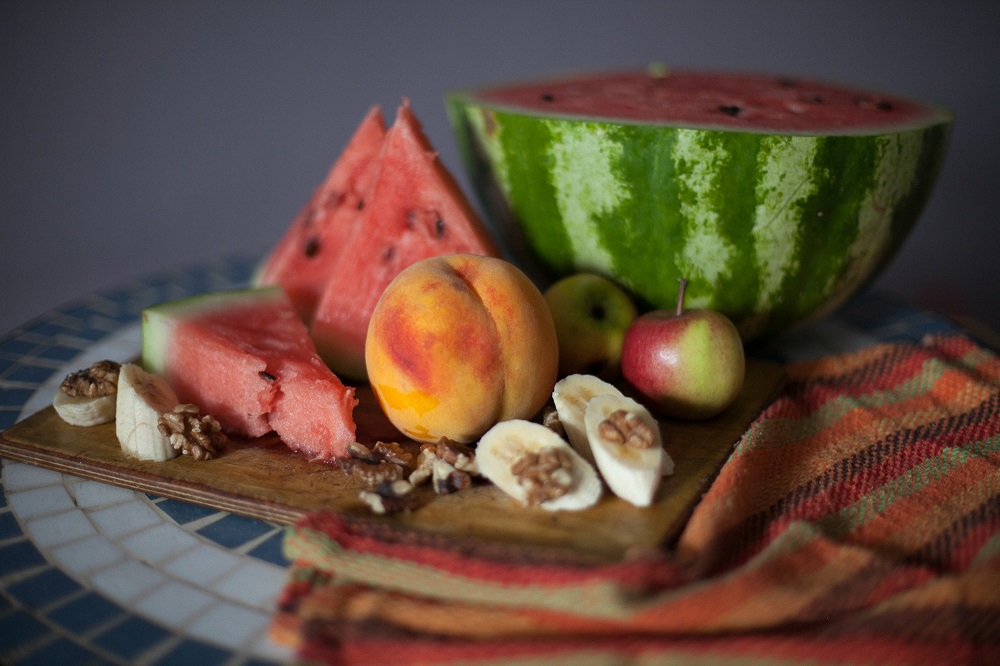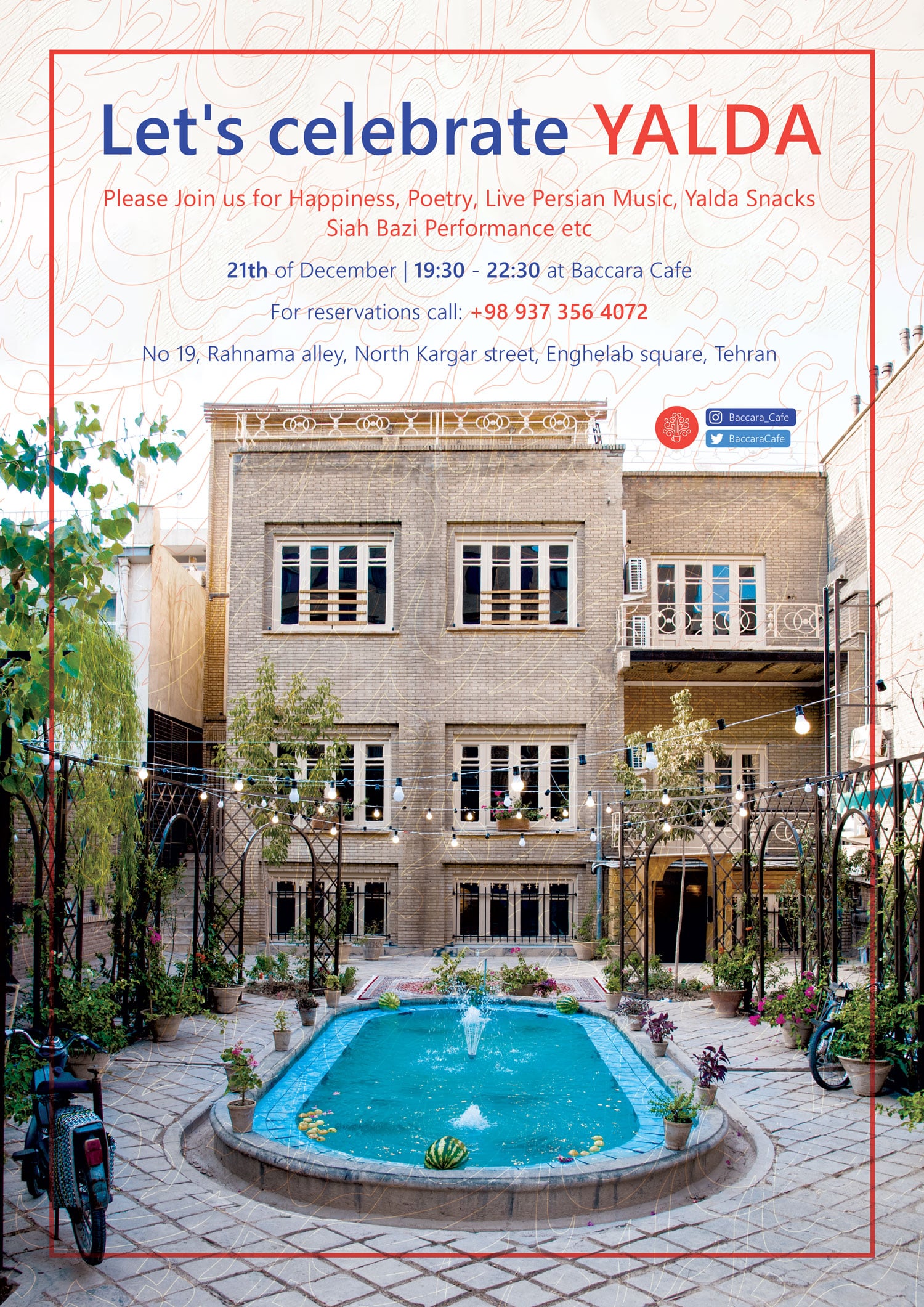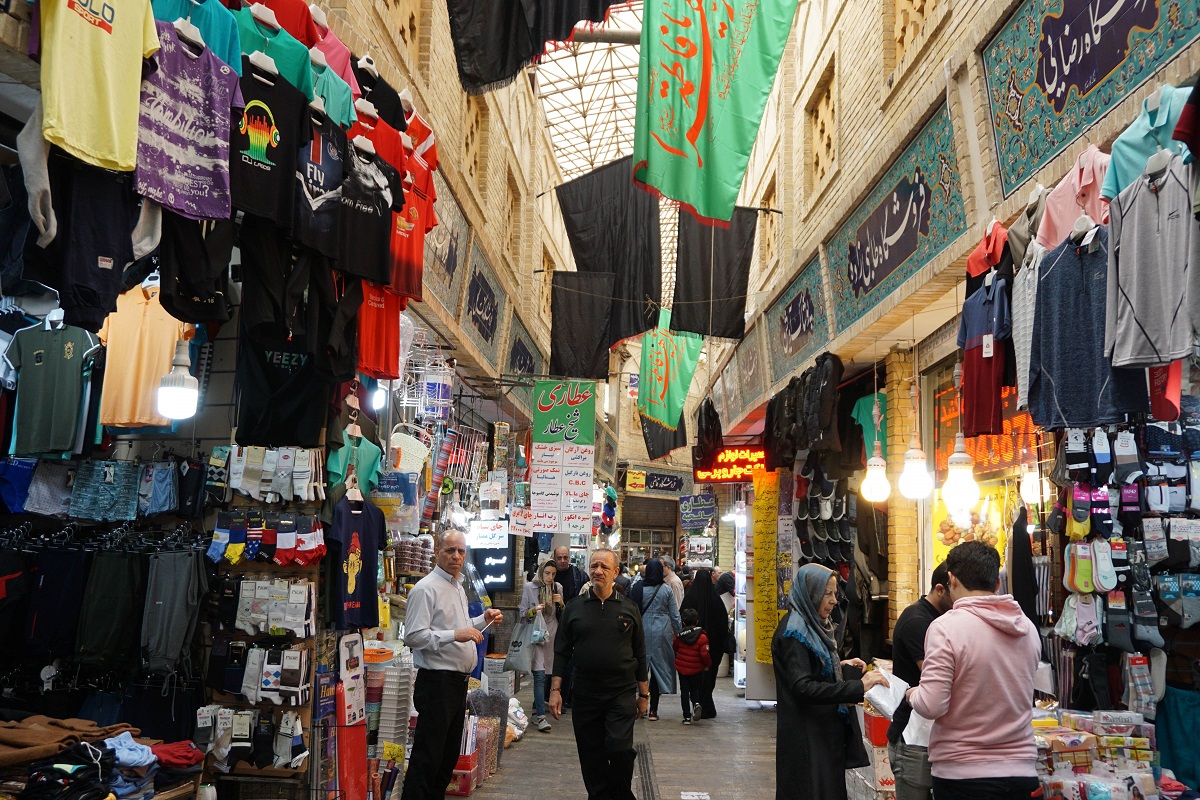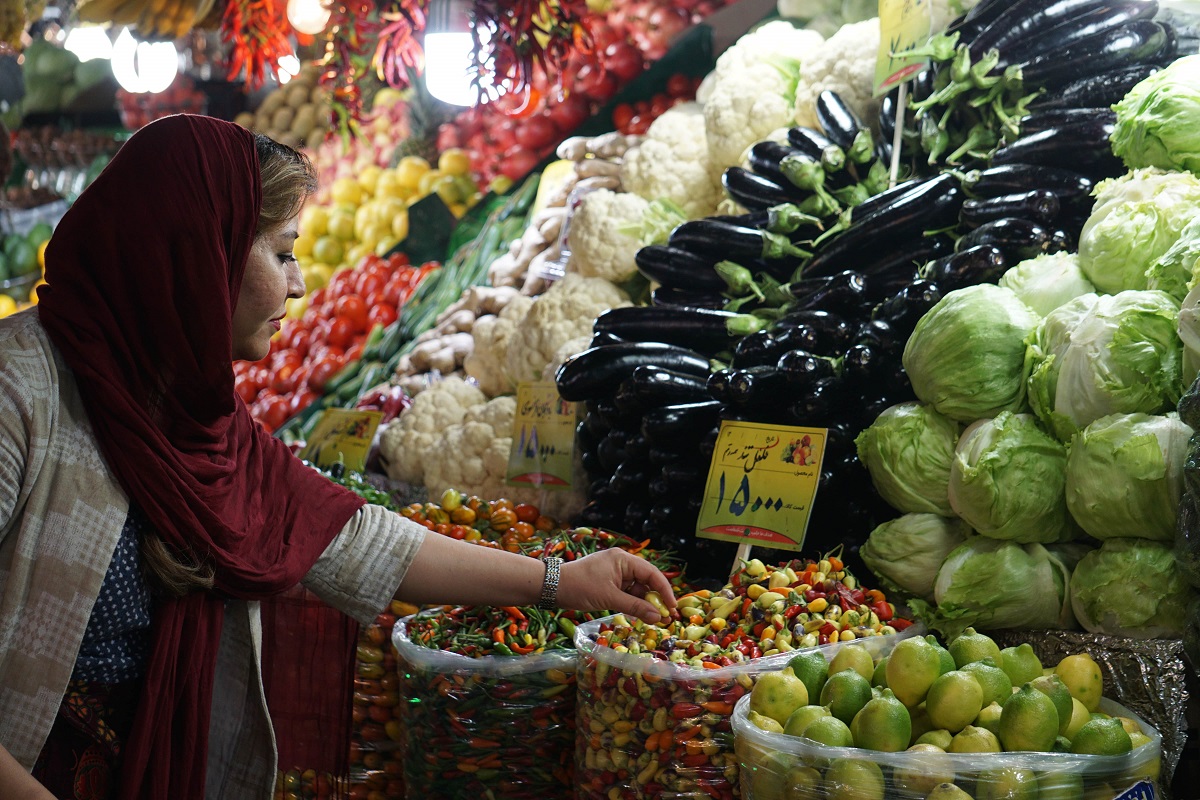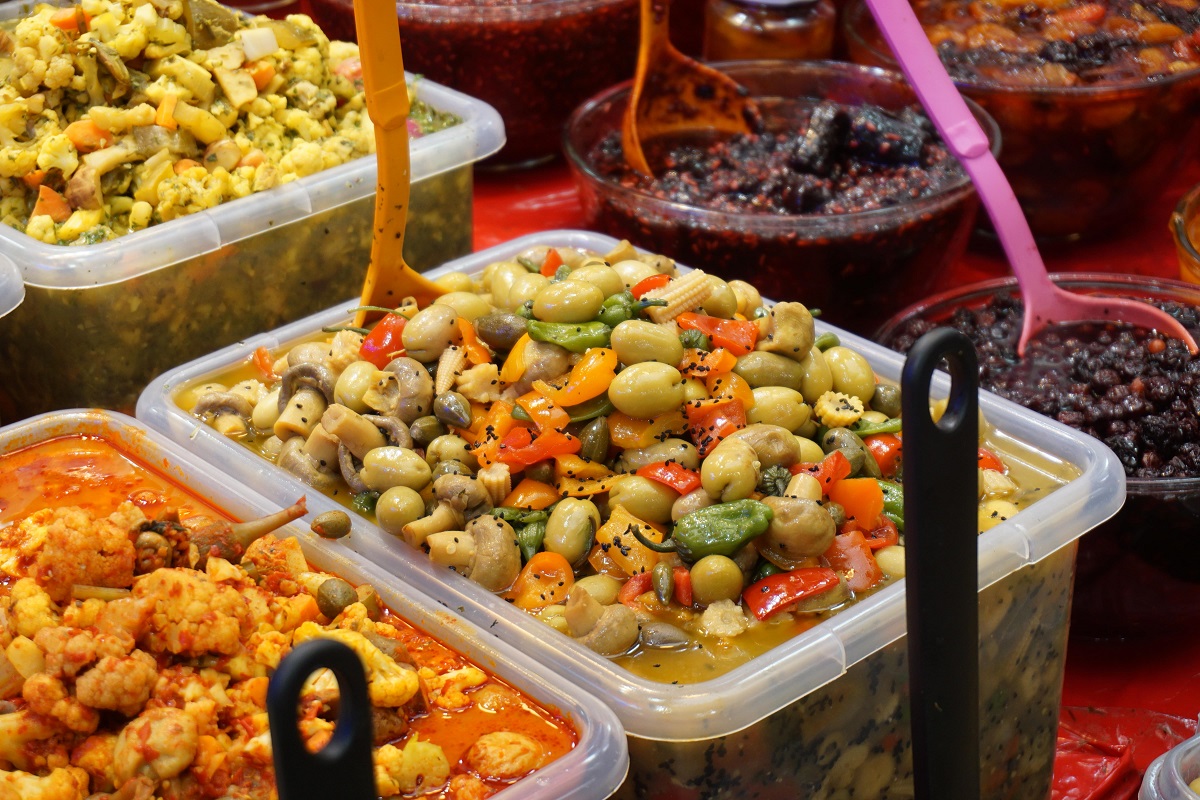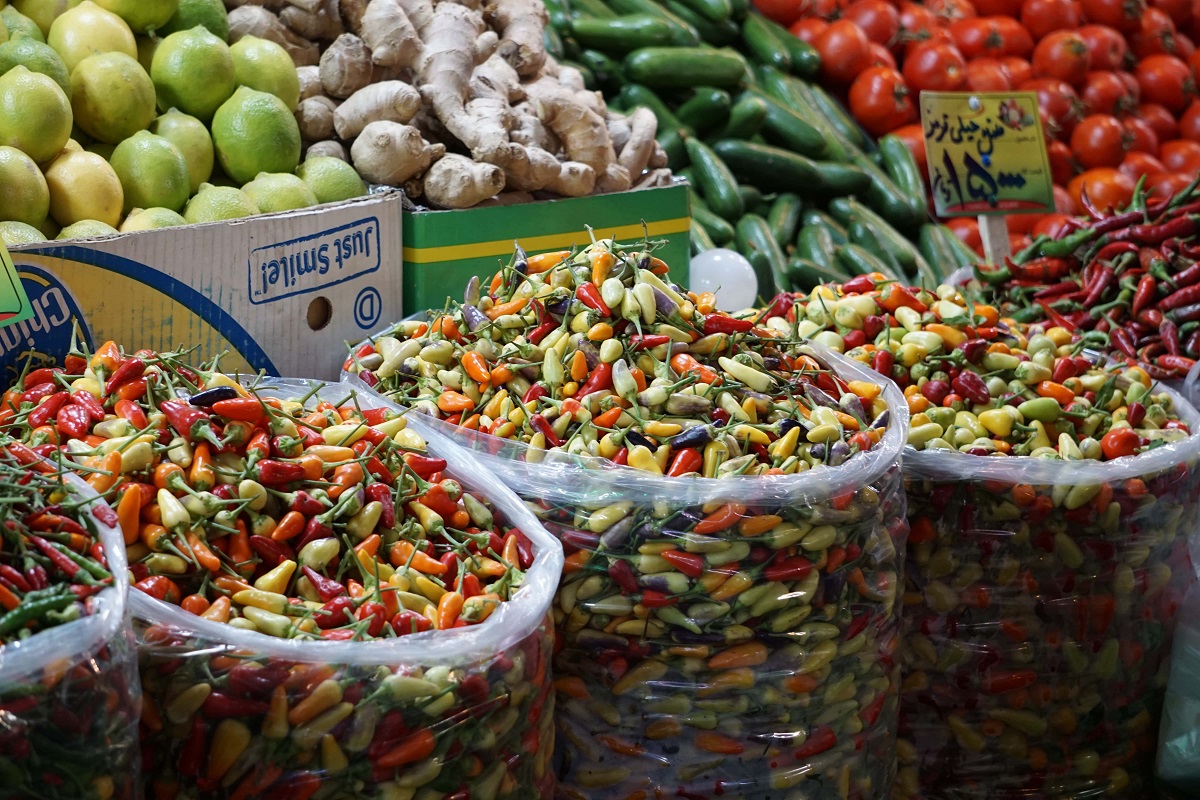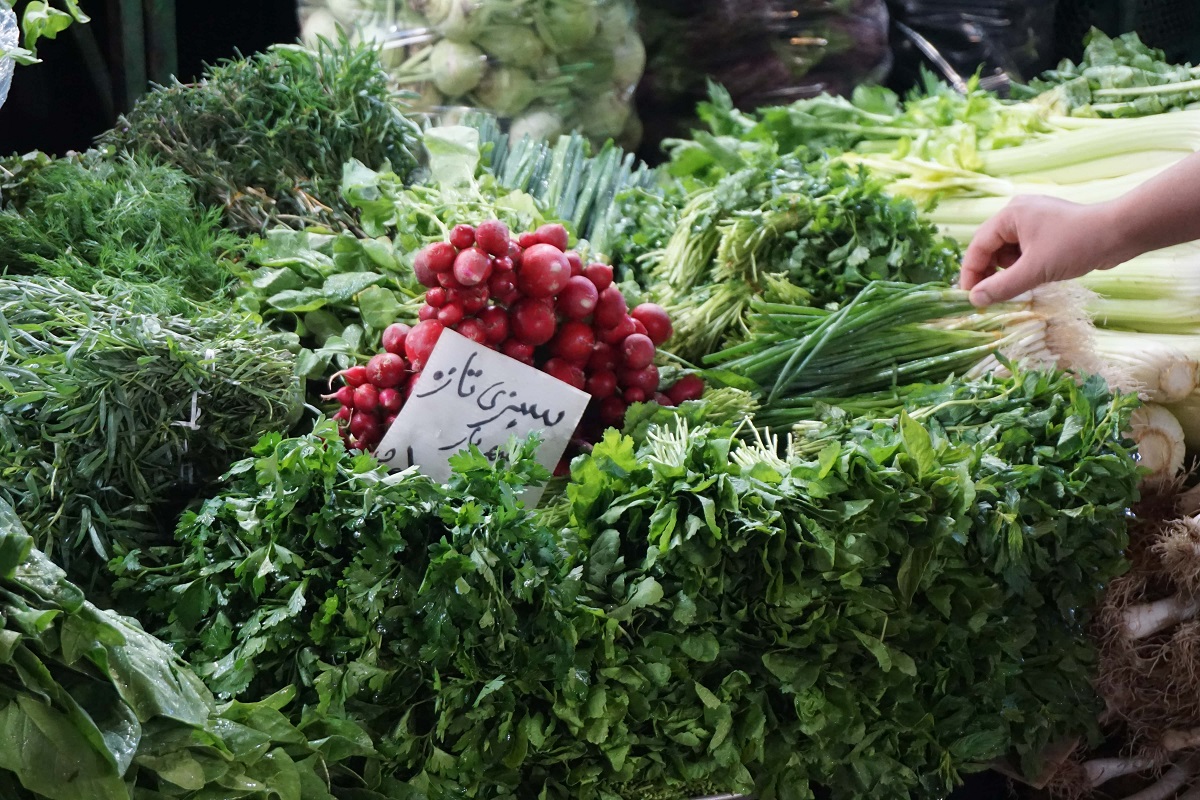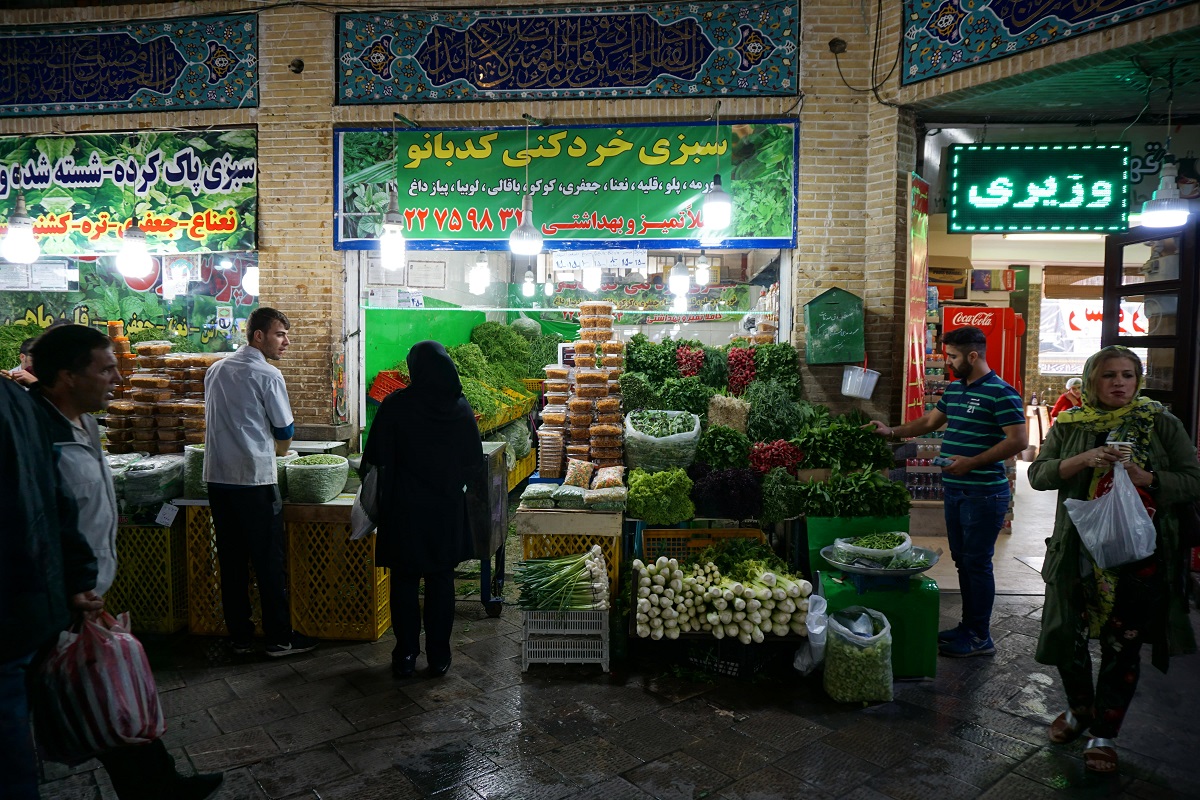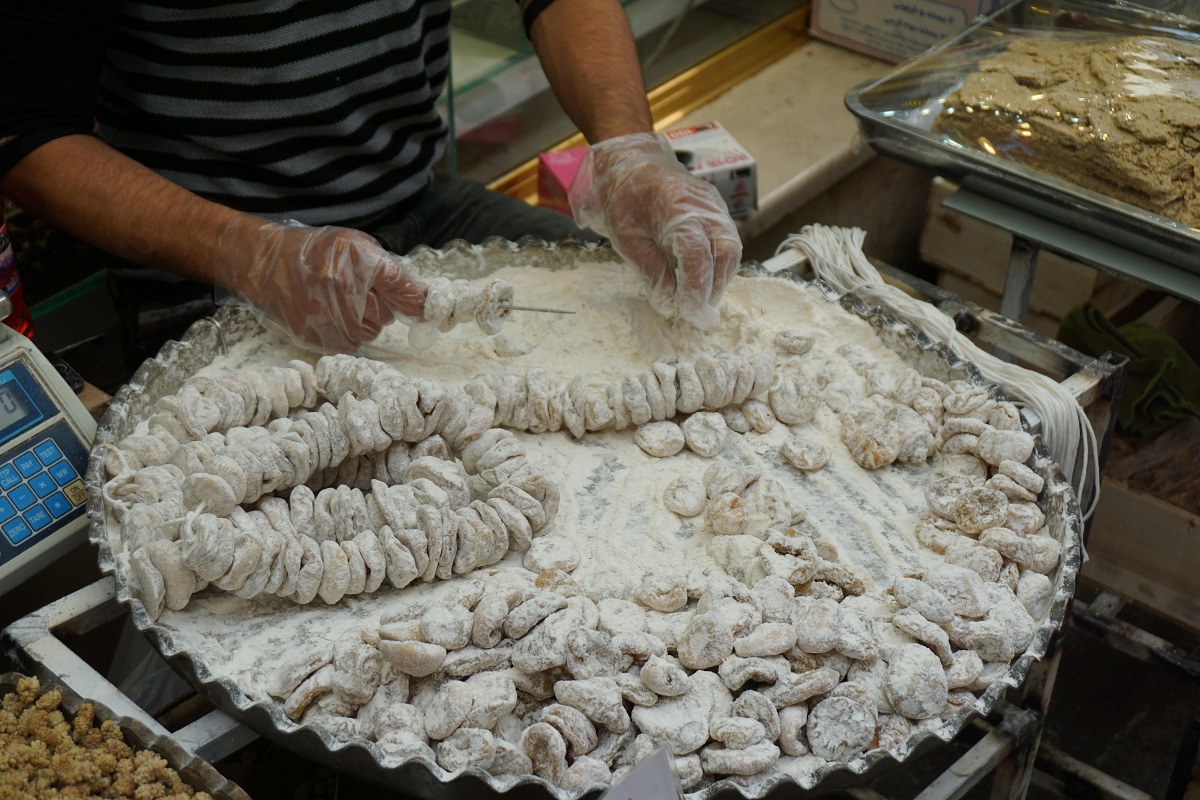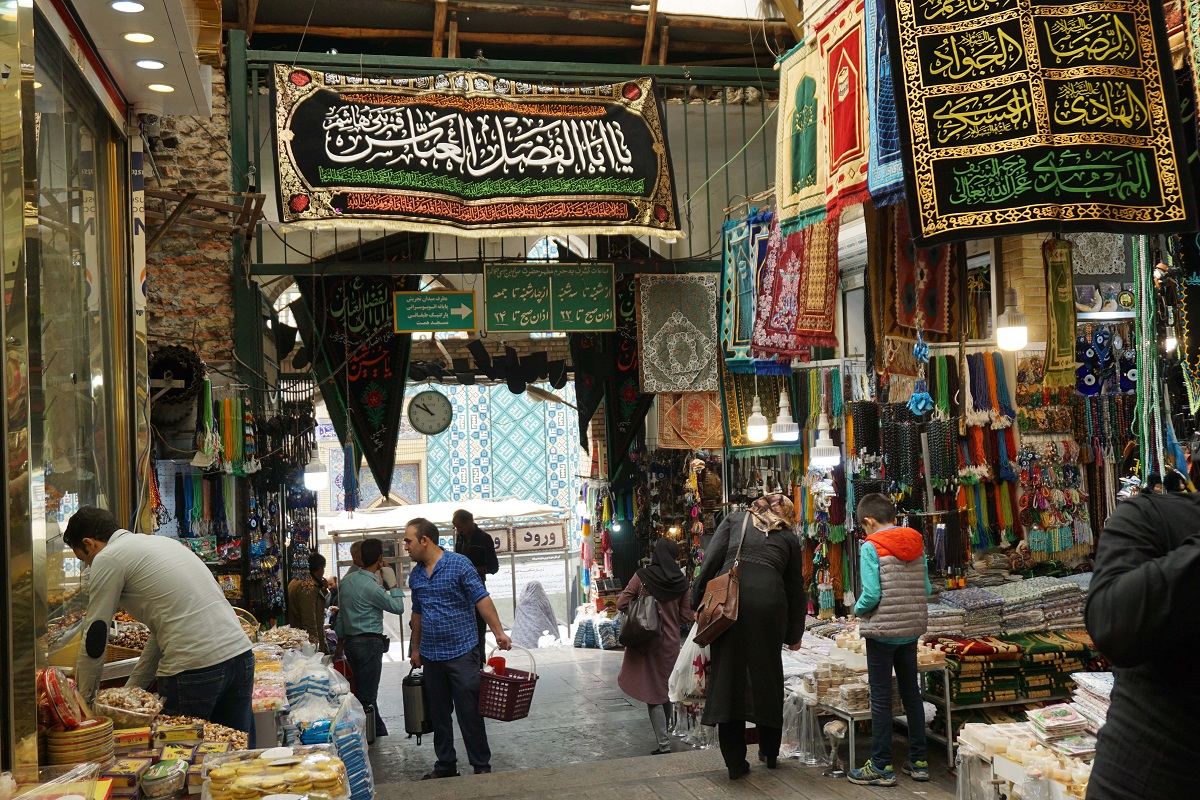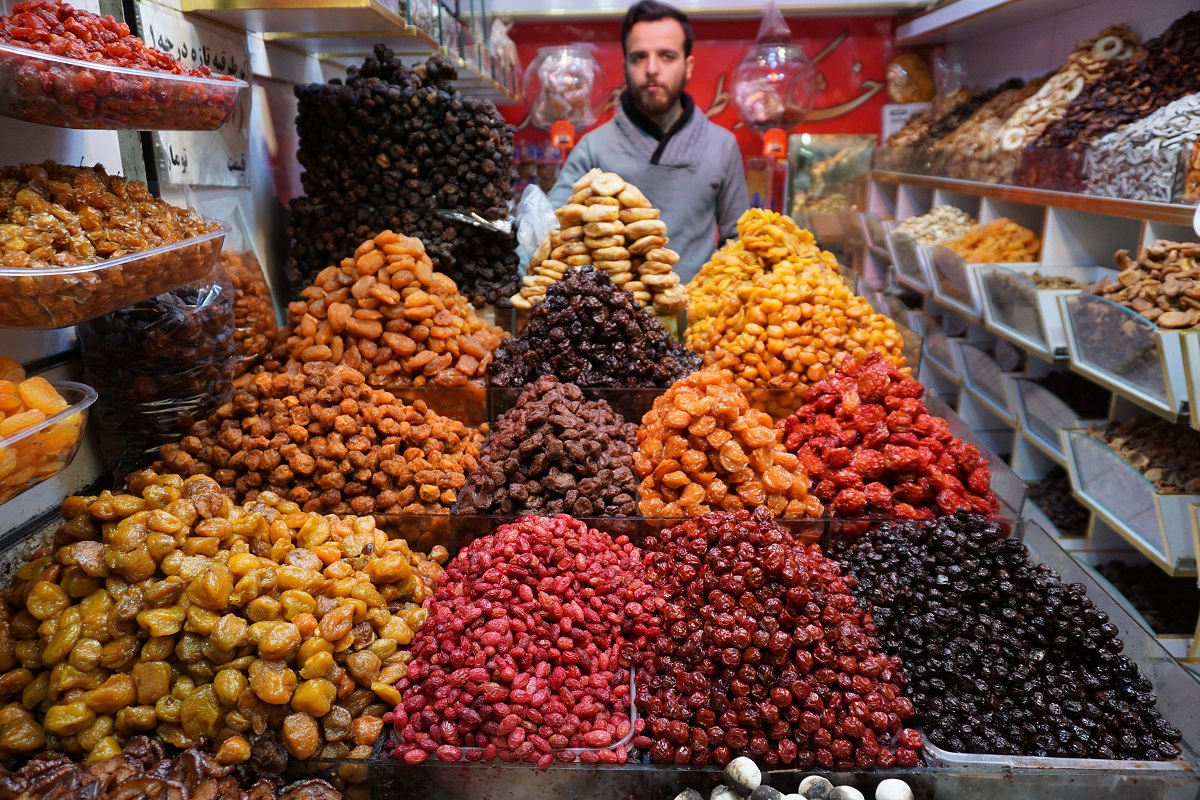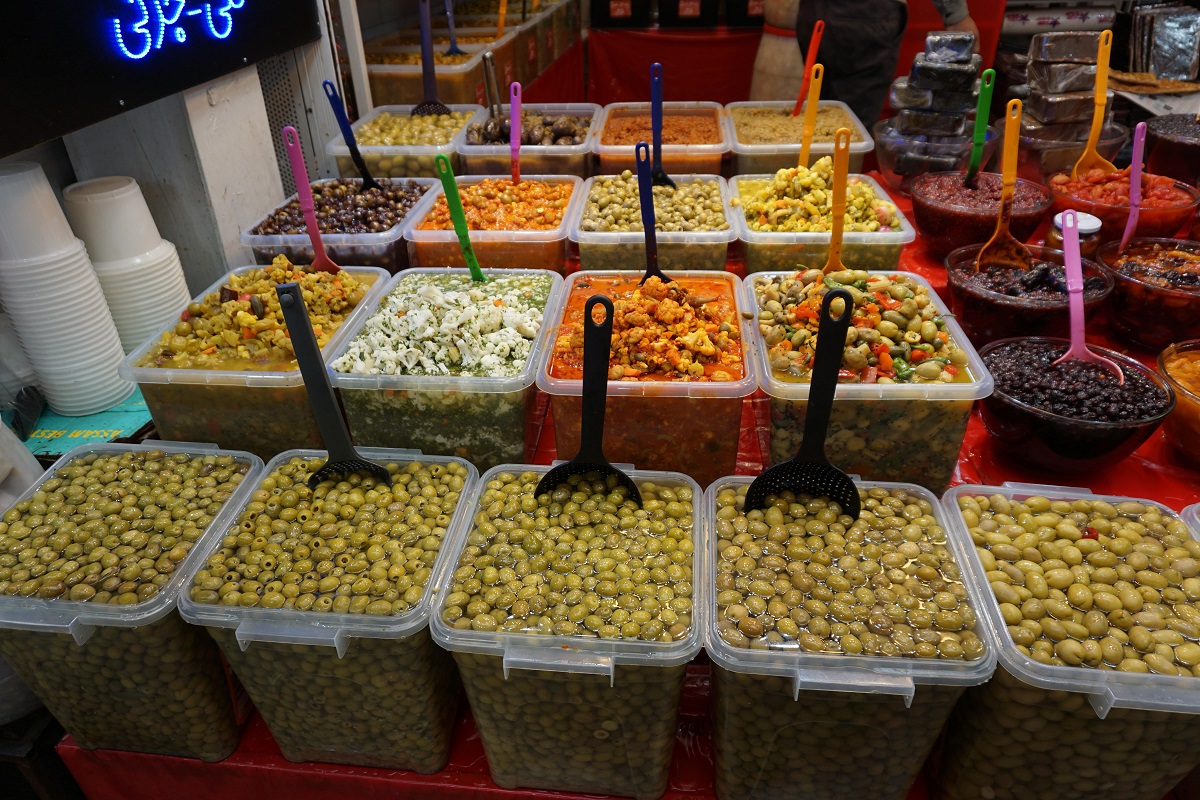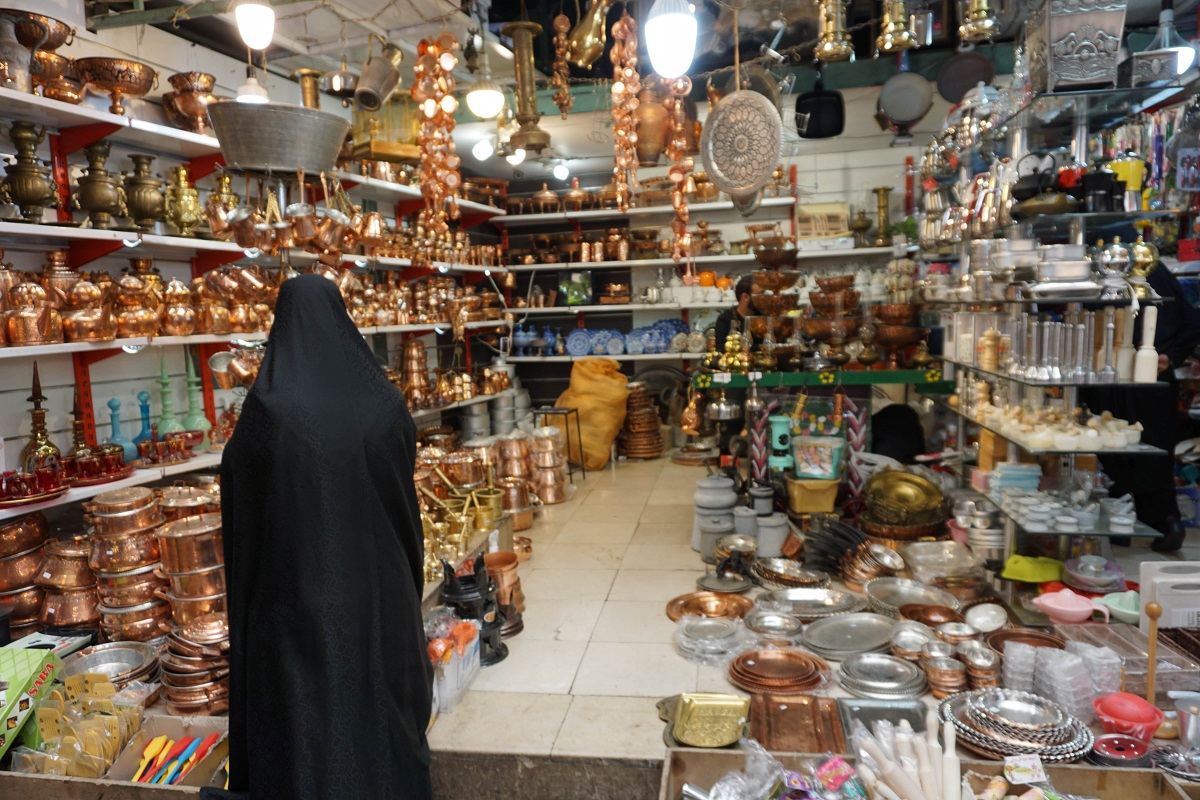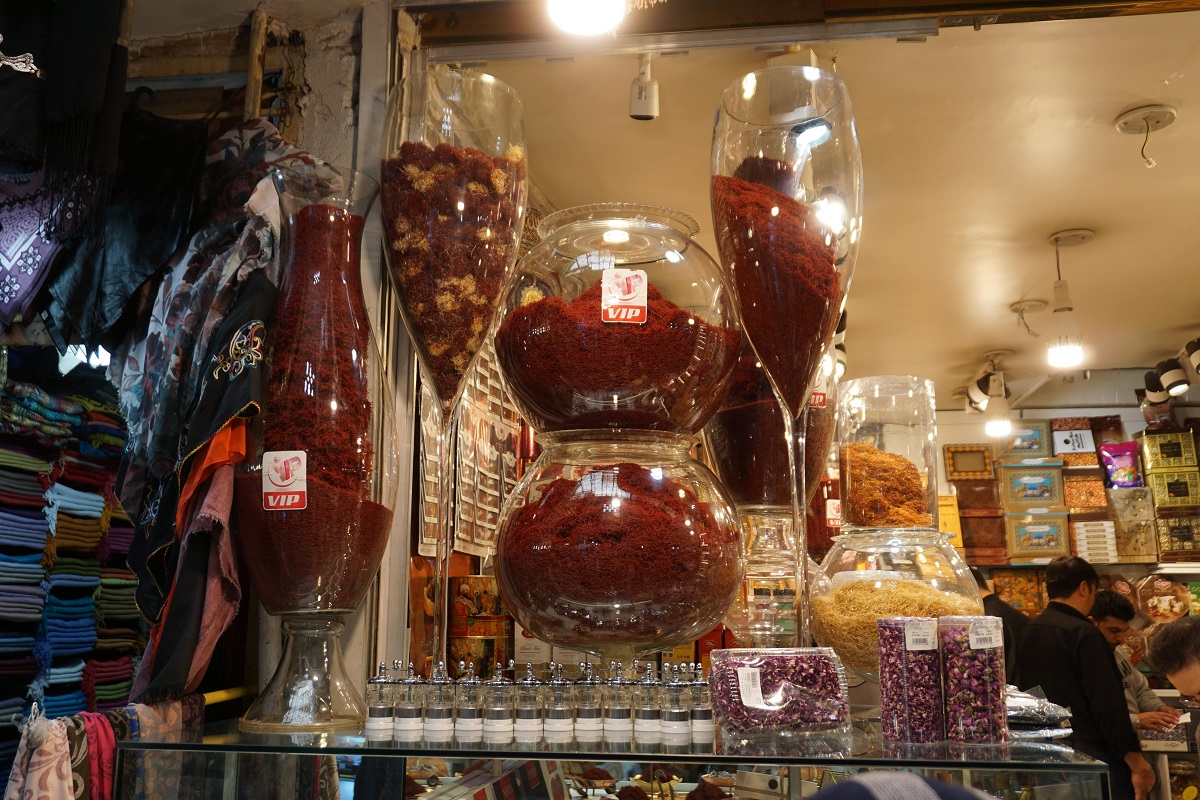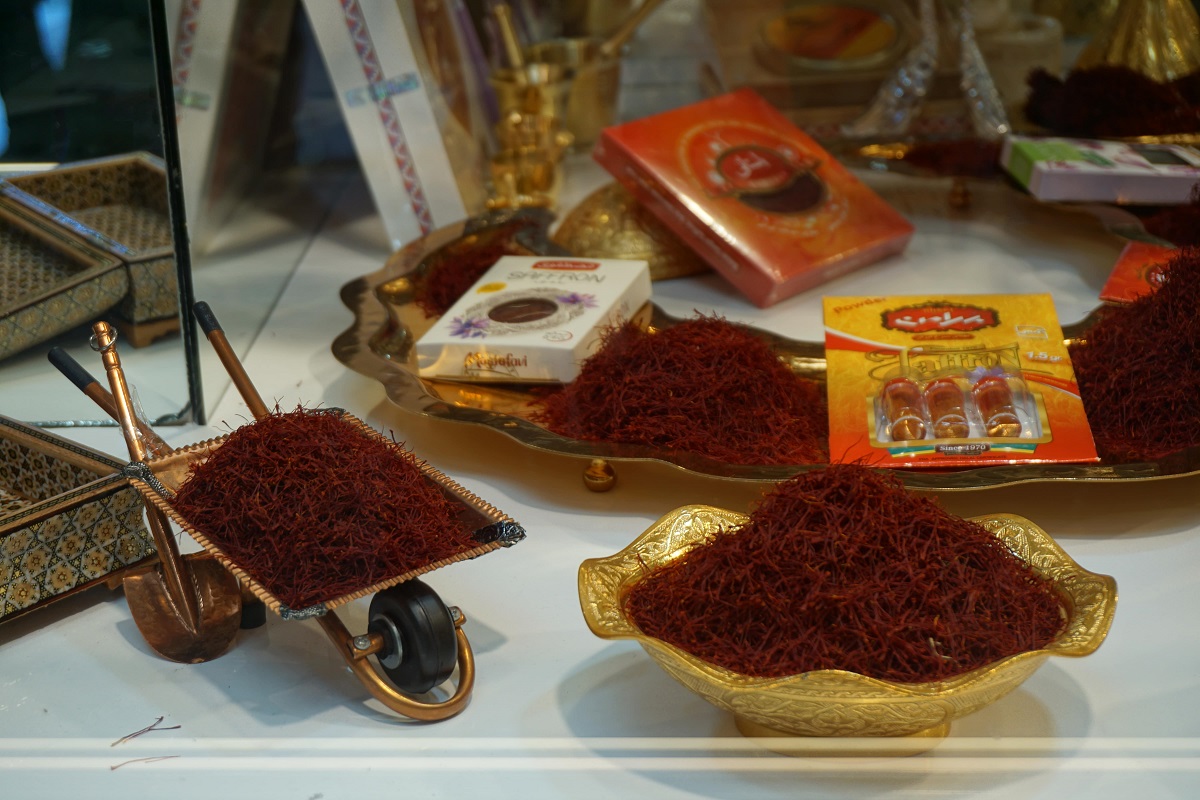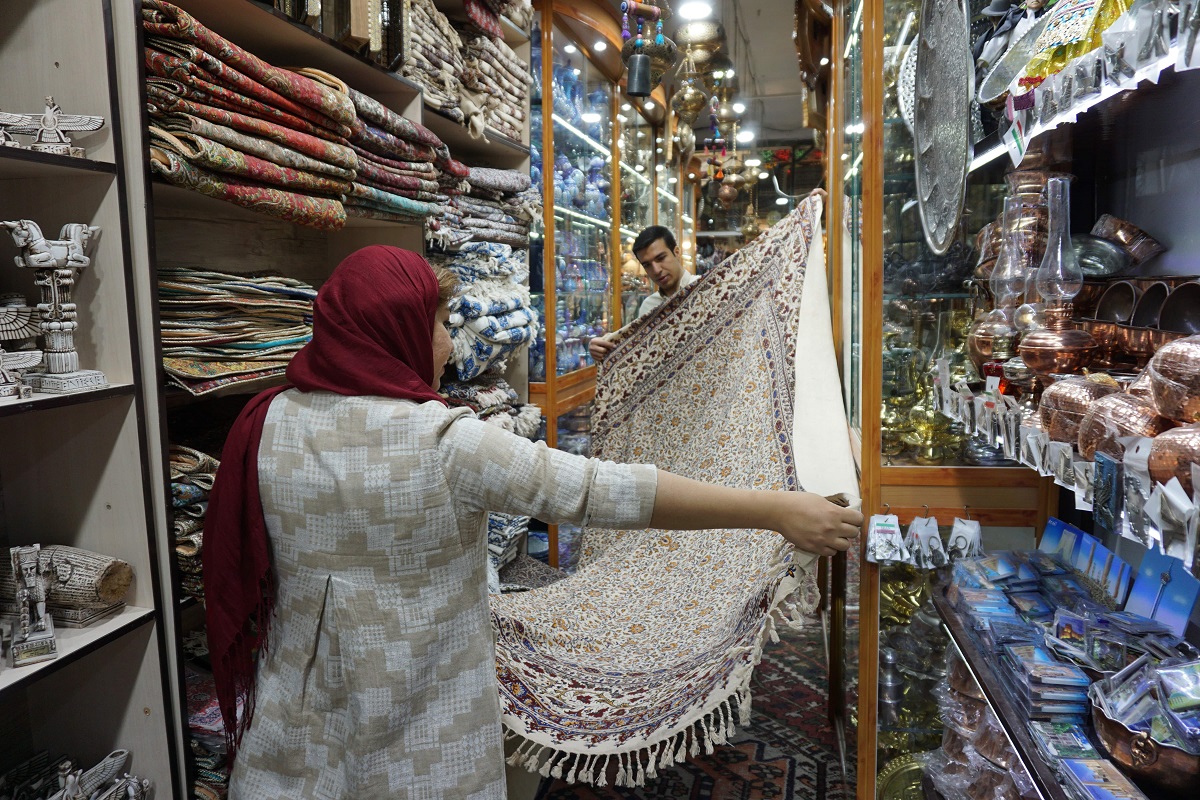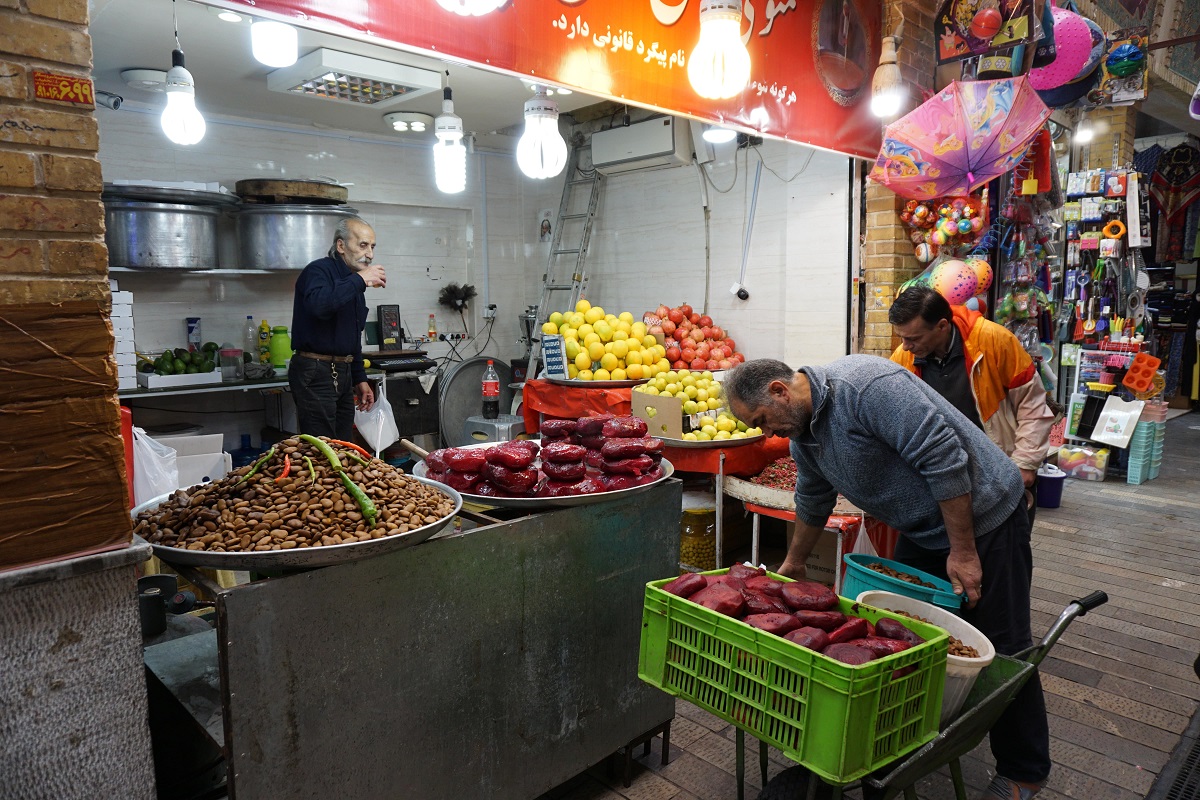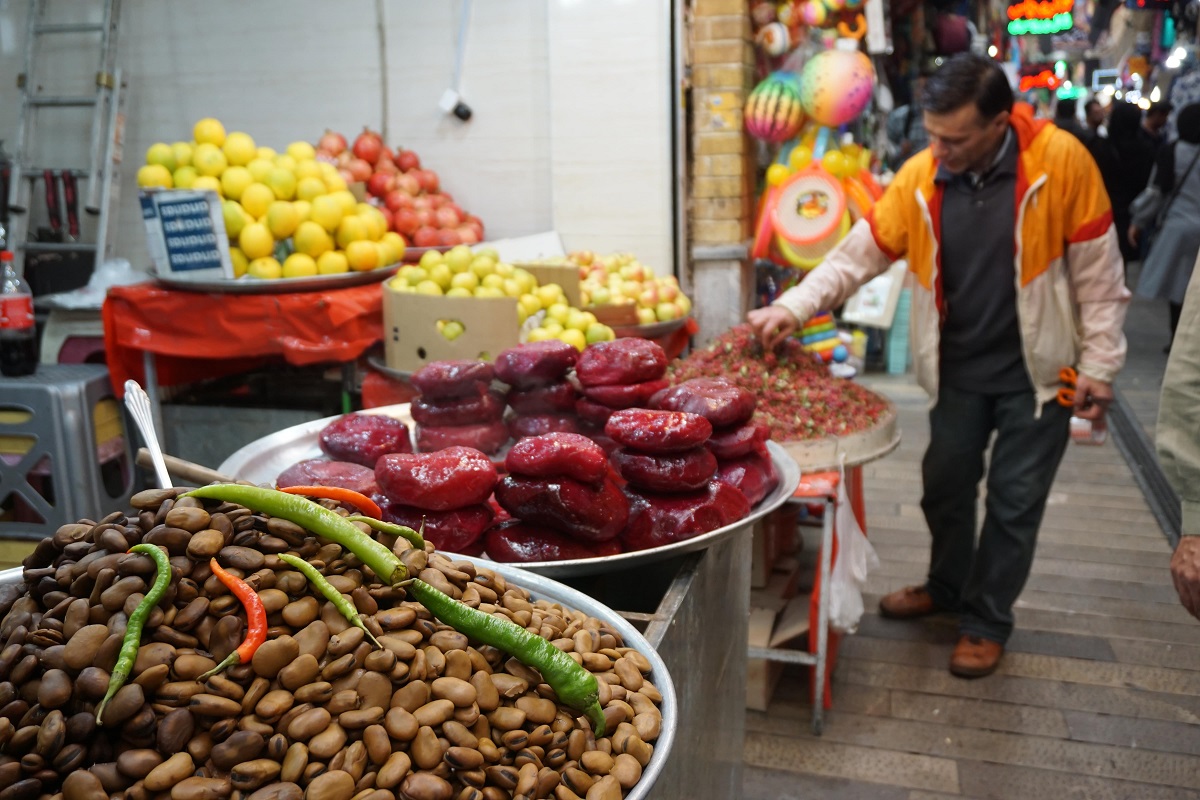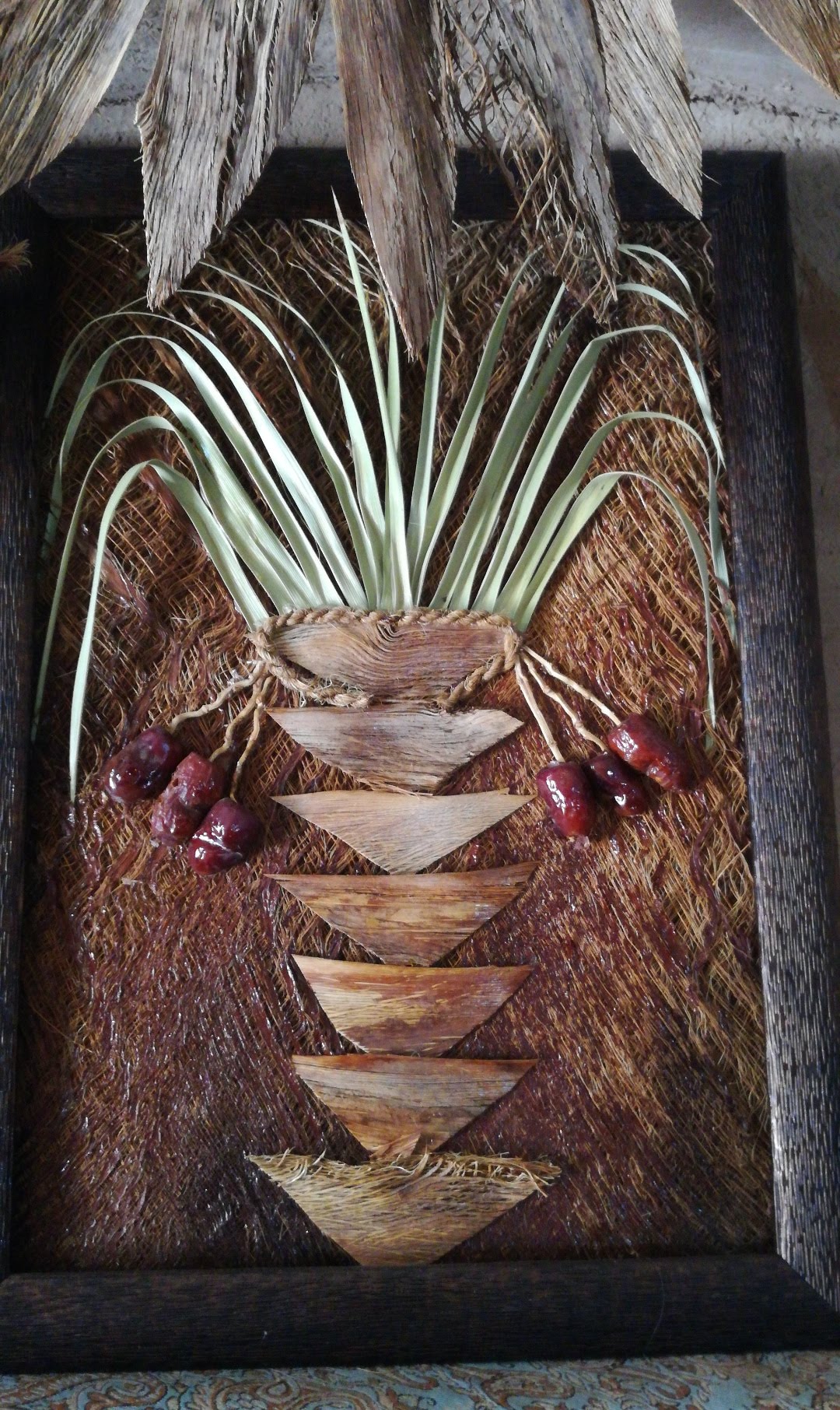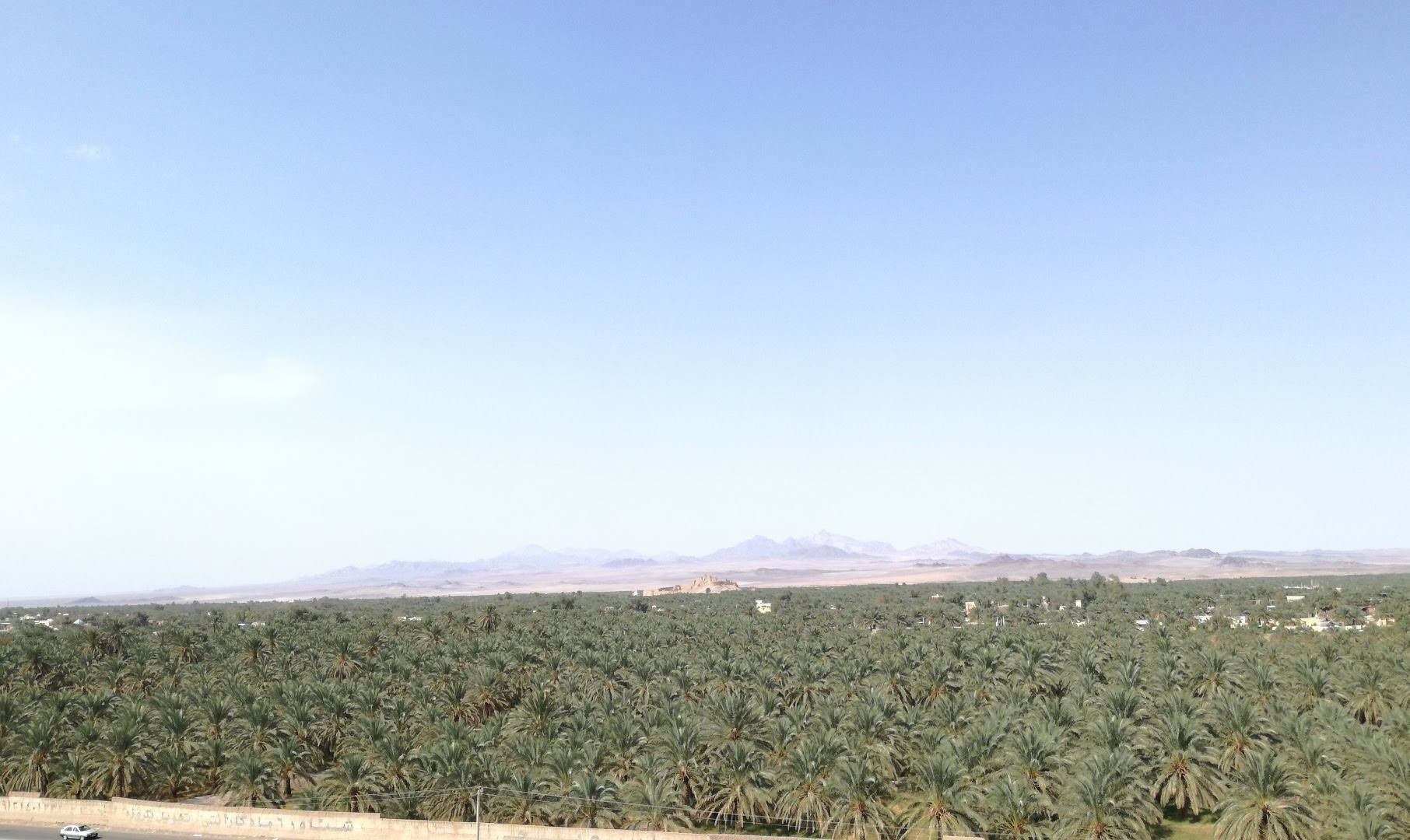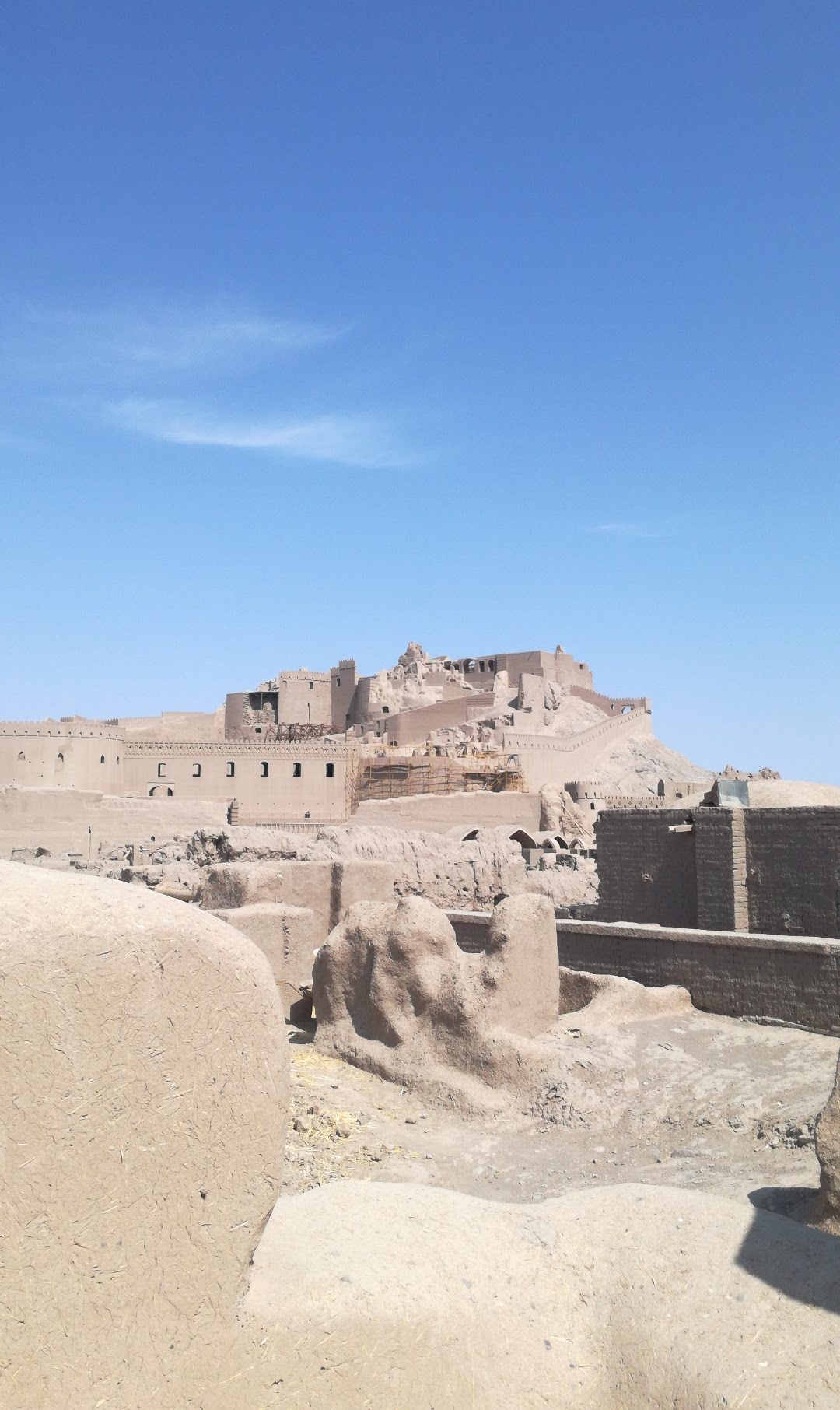
I think my experience in Iran has been slightly different from that of a traveller, as I went there for a course of Persian at Dehkhoda Institute.
I spent forty days there, and I have stayed primarily in Tehran, where the Institute was. I only traveled to Shiraz for a weekend and to Sari (in the North, near the Caspian sea) for another weekend. I had been in Iran before and I had back then visited Esfahan too.
Well, let me start with Esfahan. They call the city “nesf-e jahan”, half of the world, which in itself is not very surprising, if you think that there are many cities around the world where proud inhabitants make up phrases and expressions to promote the beauty and the unicity of the city itself (think about Naples, “vedi Napoli e poi muori” or Granada, “has llegado a Granada, lo mejor del mundo entero”). Well, I have to admit that few things I saw had on me the effect of seeing Naqsh-e Jahan Square in Esfahan. And not only the square makes you feel like you would like to spend some more time or even some years in that city, but also the streets full of young families having picnics everywhere you see grass, or the men sitting under si-o se pol, singing forbidden songs, promptly interrupted by the guards, when a too big crowd gathers to listen.
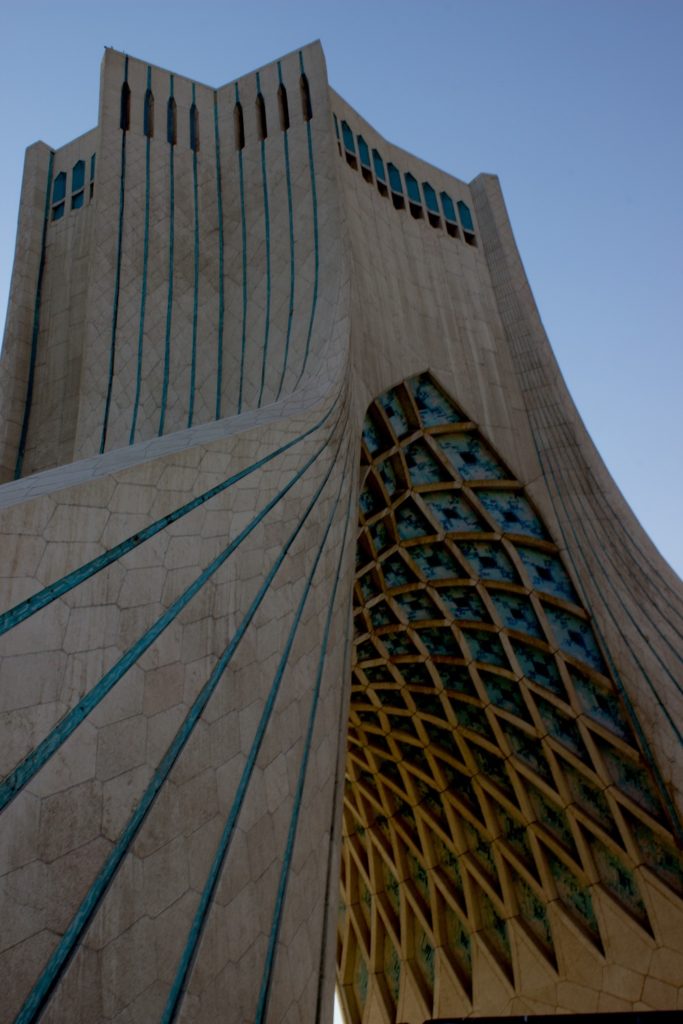
Tehran
Admittedly, going back to Tehran, having spent some days in cities like Esfahan or Shiraz, is a pure nightmare: the city is pregnant with smog, pollution, heavy air that makes you feel tired only after walking a kilometer on your feet, if you have survived to cross the streets in the middle of the busiest traffic you can imagine. But Tehran is unfortunately the heart of Iran, the political thermometer, the city where everything is possible: seeing a woman moving around with her headscarf fallen off her head, high heels and very very tight clothes, that don’t leave much to imagination, and seeing another one all covered up in her black chador, the two walking together hand in hand. Hidden house parties where as soon as you arrive, everyone goes to take off the many layers of clothes they were wearing on the streets and hurries to get drunk, and religious processions where believers flog themselves to the point of bleeding.
I see Iran as a country of paradox, a mixture of ancestral Zoroastrian culture, Islamic culture, western culture,
And books: books are everywhere, books are scattered down on the pavement, on the piece of cloth where they are exposed by the street seller; books are staying orderly inside a book machine dispenser; books in the small library in Enghelab street where they organize weekly discussions about literature; books are in the hands of the women who fill the metro during pick hours in Tehran; books are everywhere. Poetry is everywhere too: in the speech of the taxi driver, in the song coming from the radio, in the recommendation of the grandmother while you are leaving her house, after helping her wash the dishes; in the air at the mausoleum of Hafez in Shiraz, crowded at whichever time you visit it, with people from all over the country.
Iran is the Persian teacher who will tell you more about the history of your own country than yourself have ever known. Iran is the incredible corners that open up unexpectedly while you are walking on the most common-looking street of Shiraz or Tehran, it’s the small café where you sit in an exquisite patio with a fountain in the middle and flowers all around. It’s Harry Potter café in Tehran, with the very young waitress who jumps up and down out of joy because she could exchange some French words with you; it’s Parvaneh market in Tehran, where all wishes come true, and all you ever wanted to buy is there, if you look closely and spend your morning going around its five floors. Iran is seeing a man walking his dog around with pride, in spite of the ban on possessing dogs, as they are supposedly haram.
Iran is many things, many people, and a huge country of which I only lived a small part, but where you will realise that, to say it with Maya Angelou, “we are more alike, my friends, than we are unalike”.
